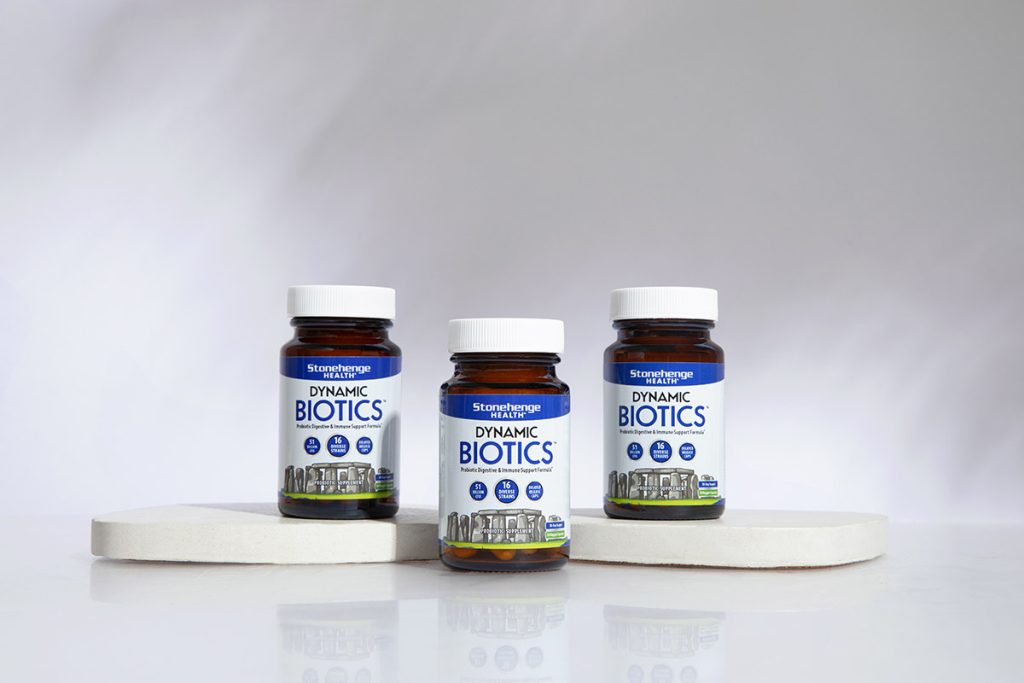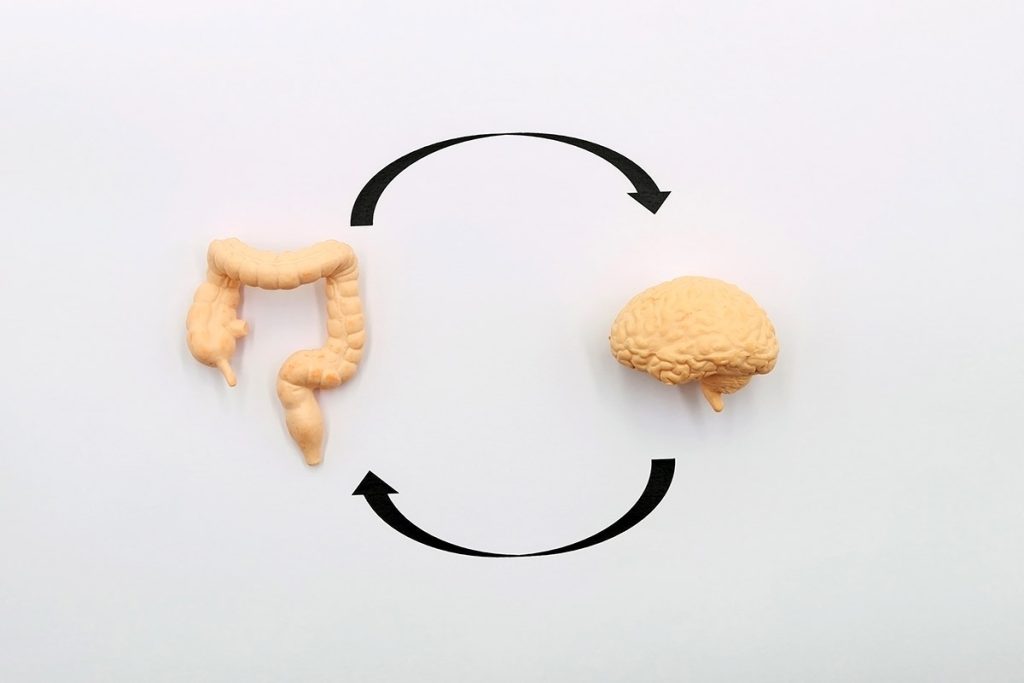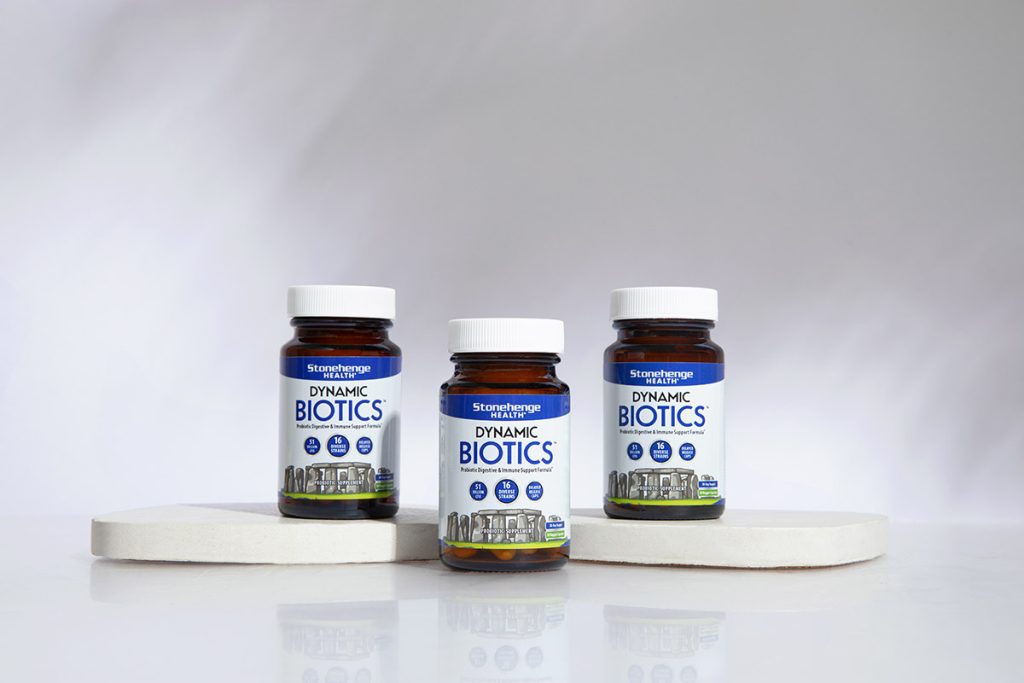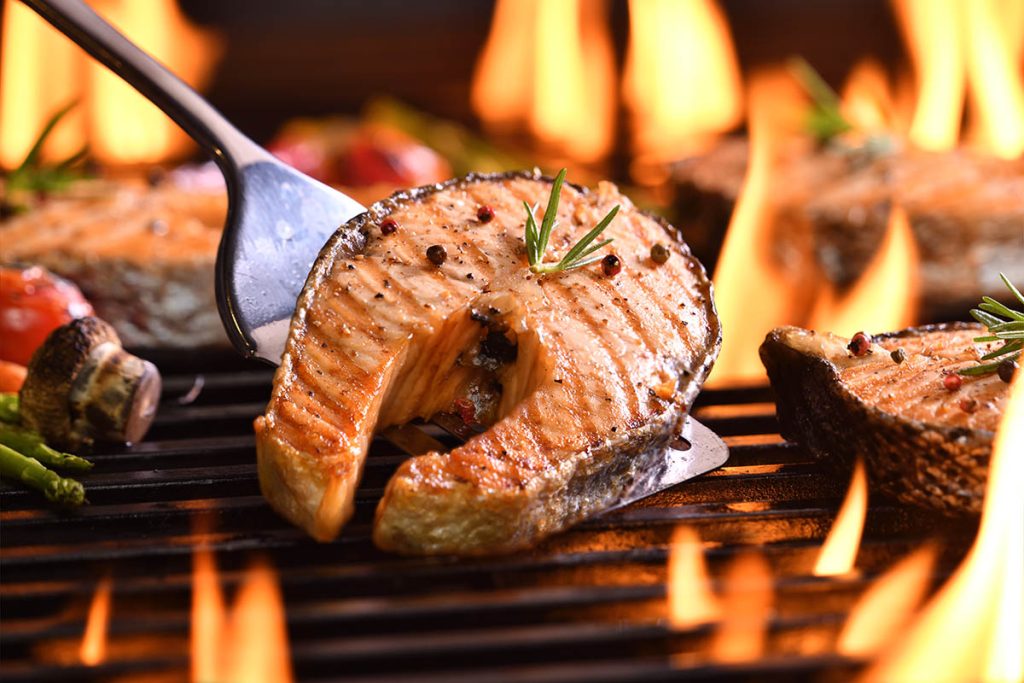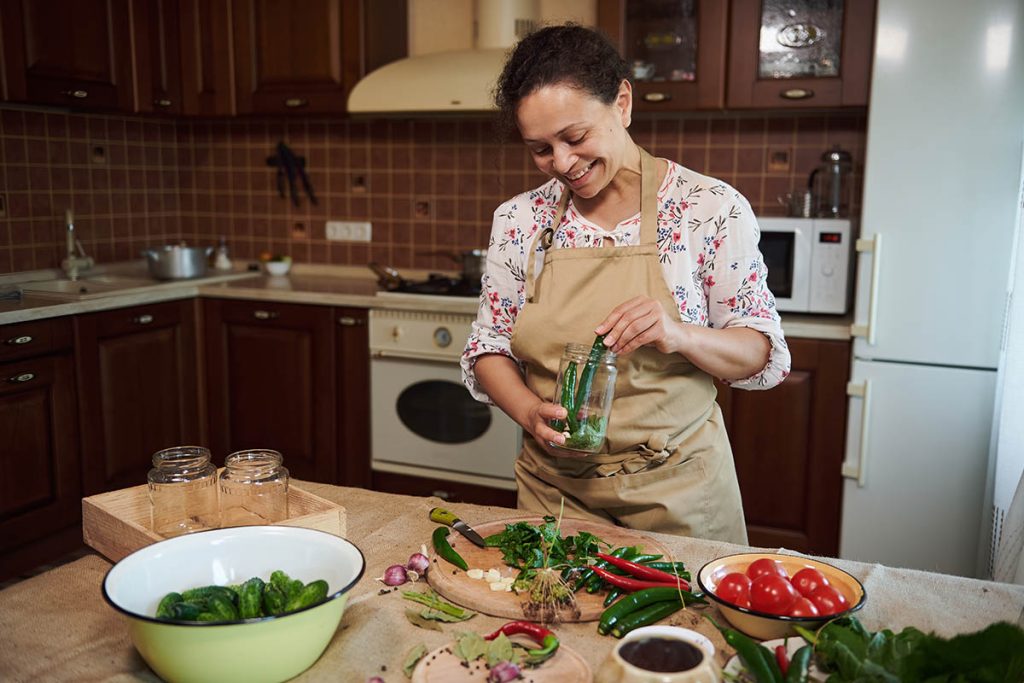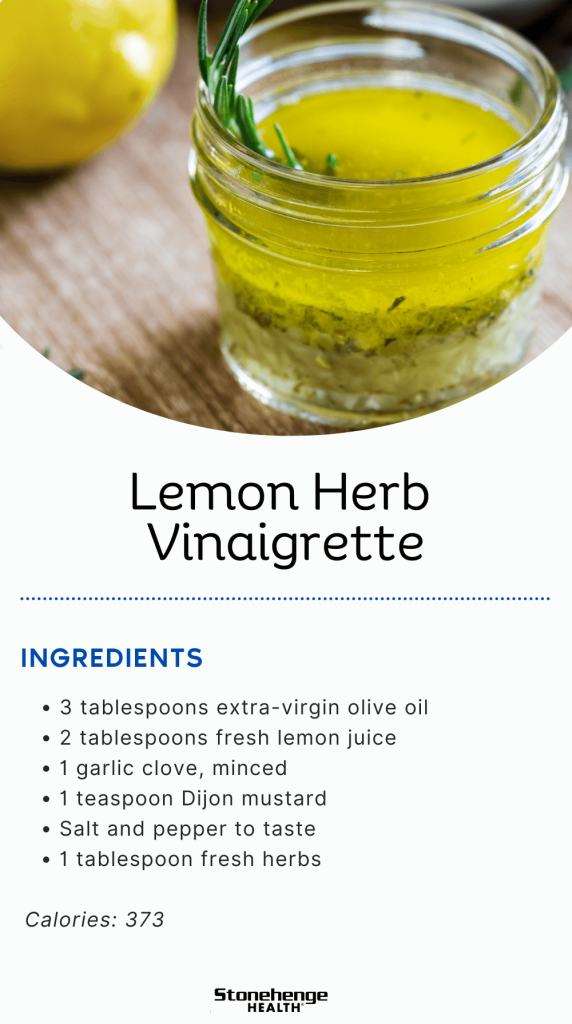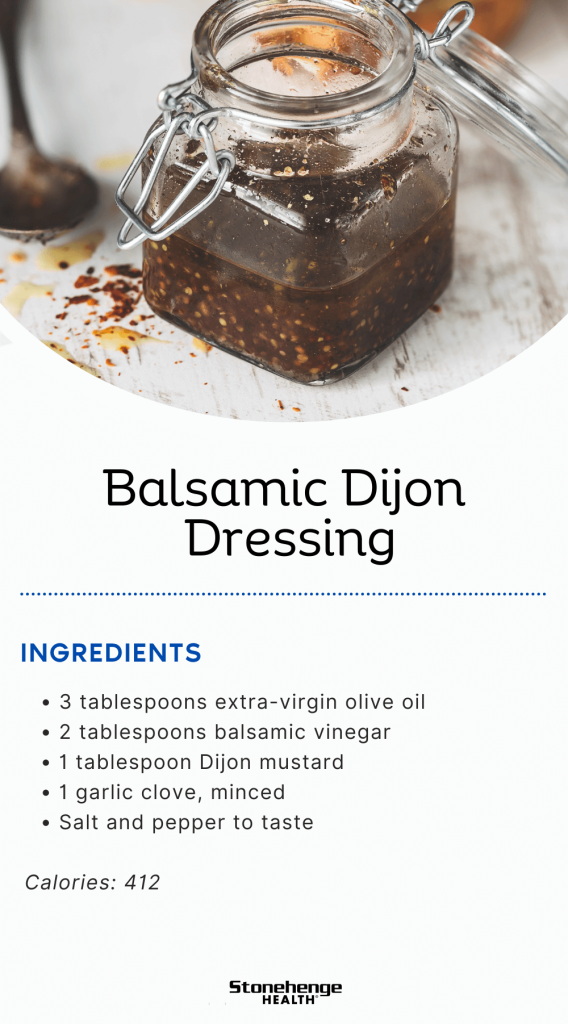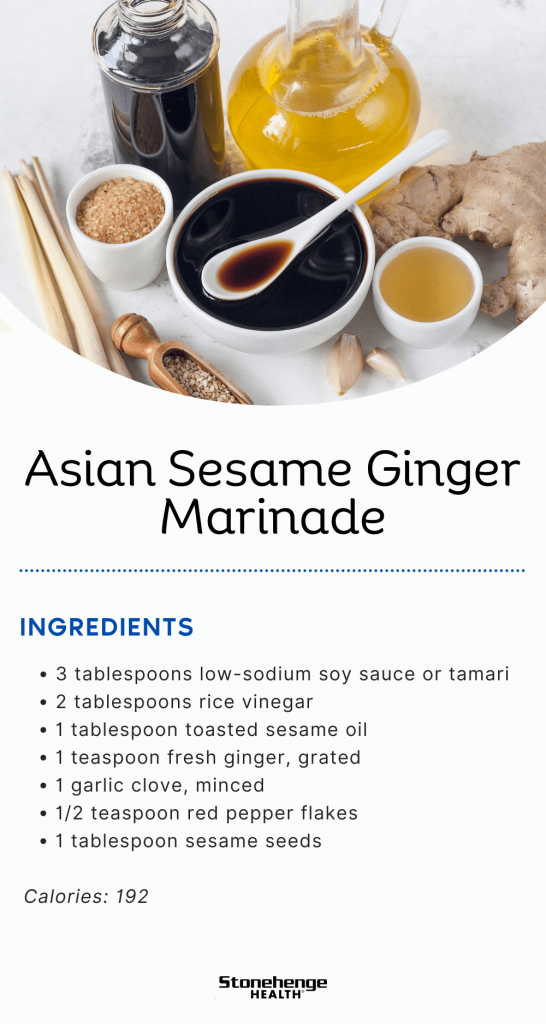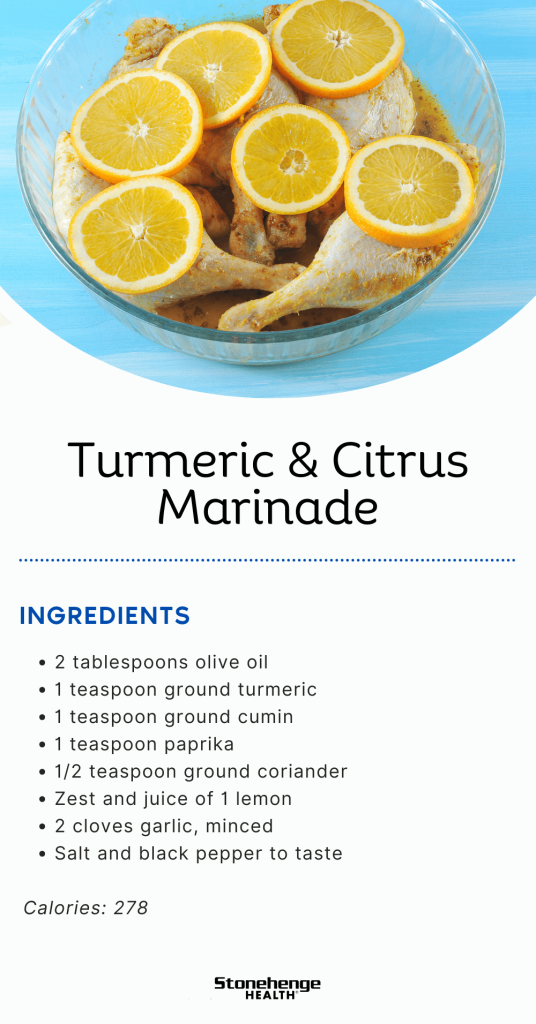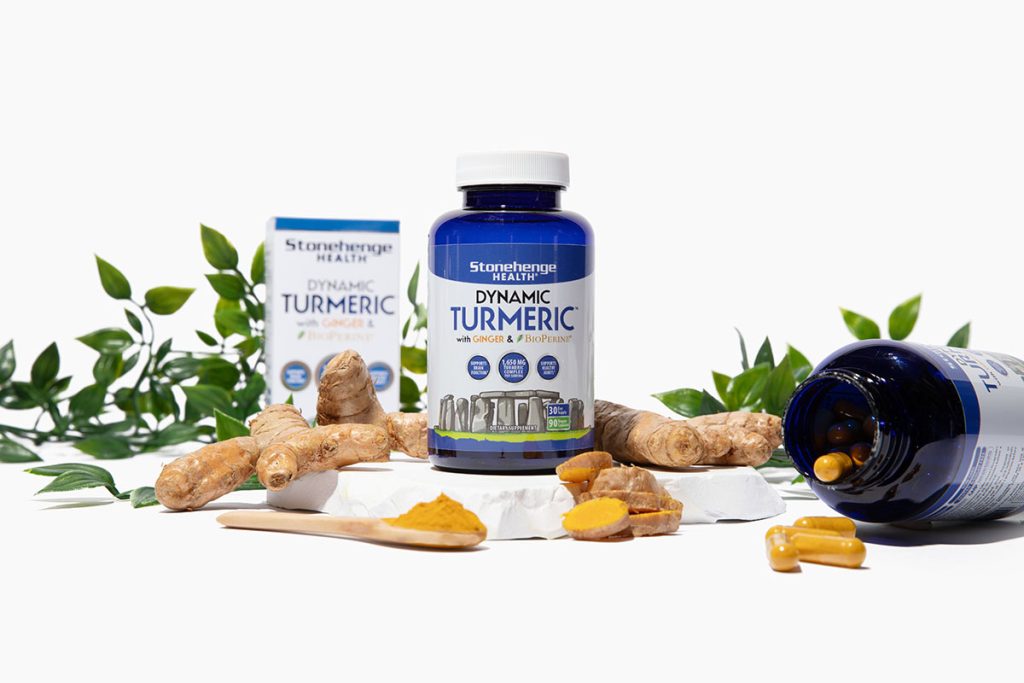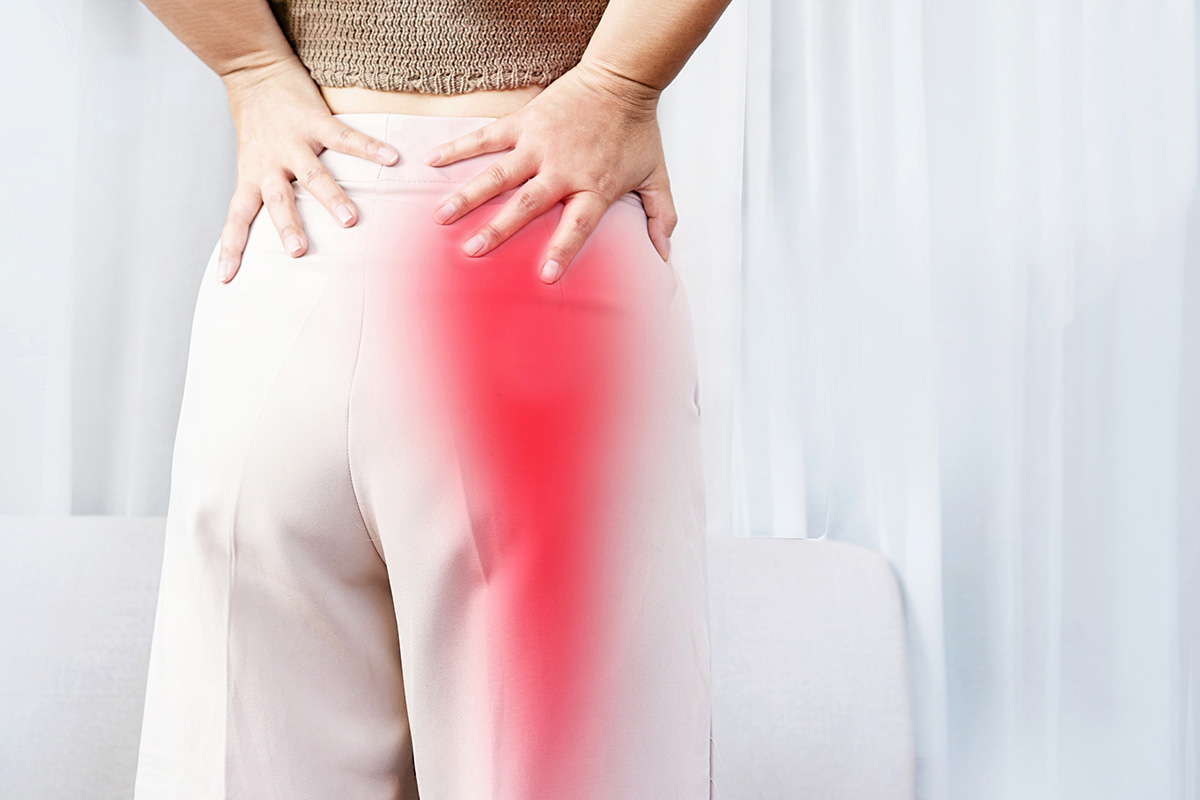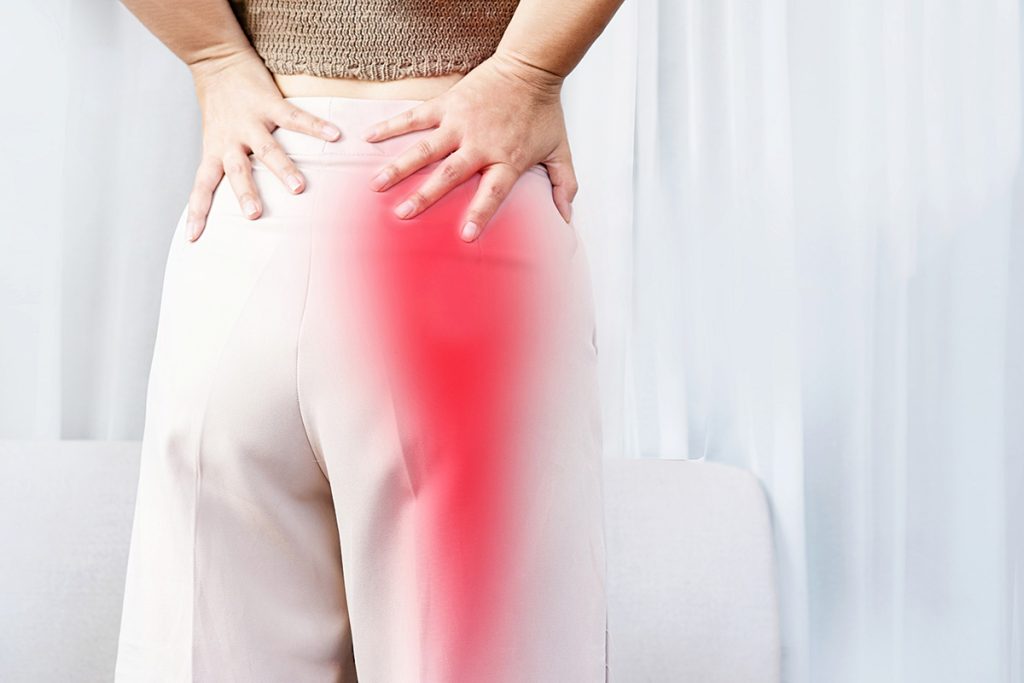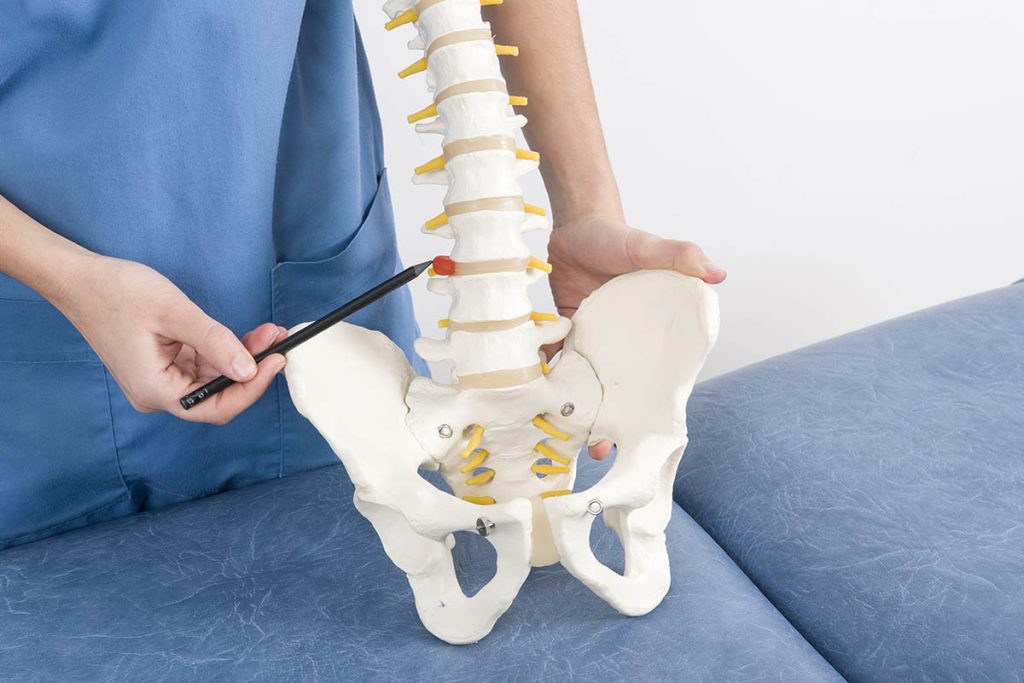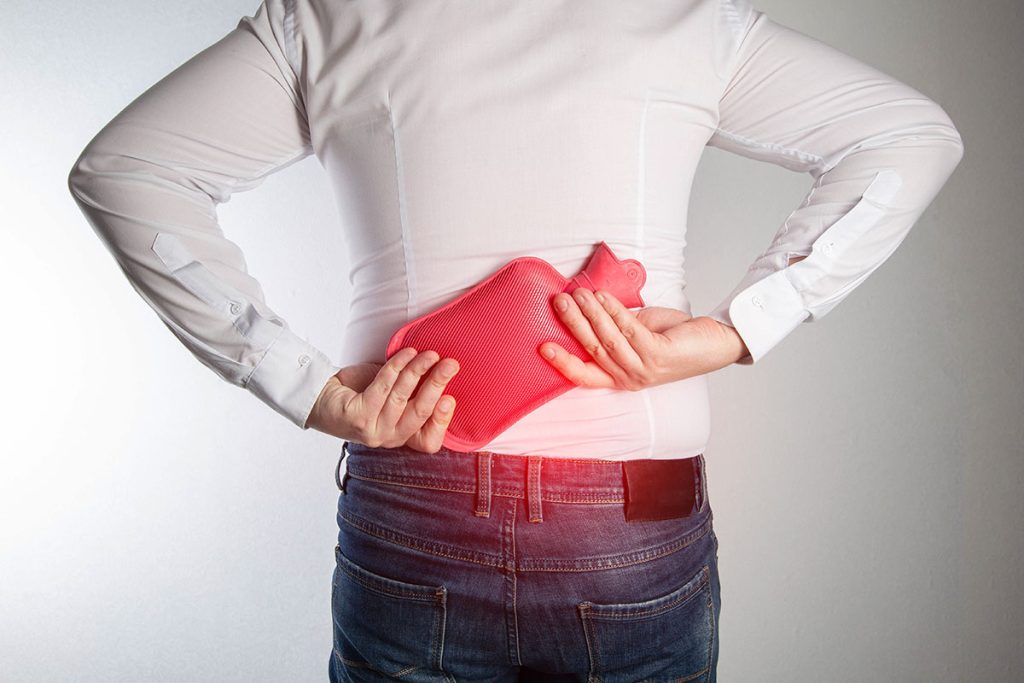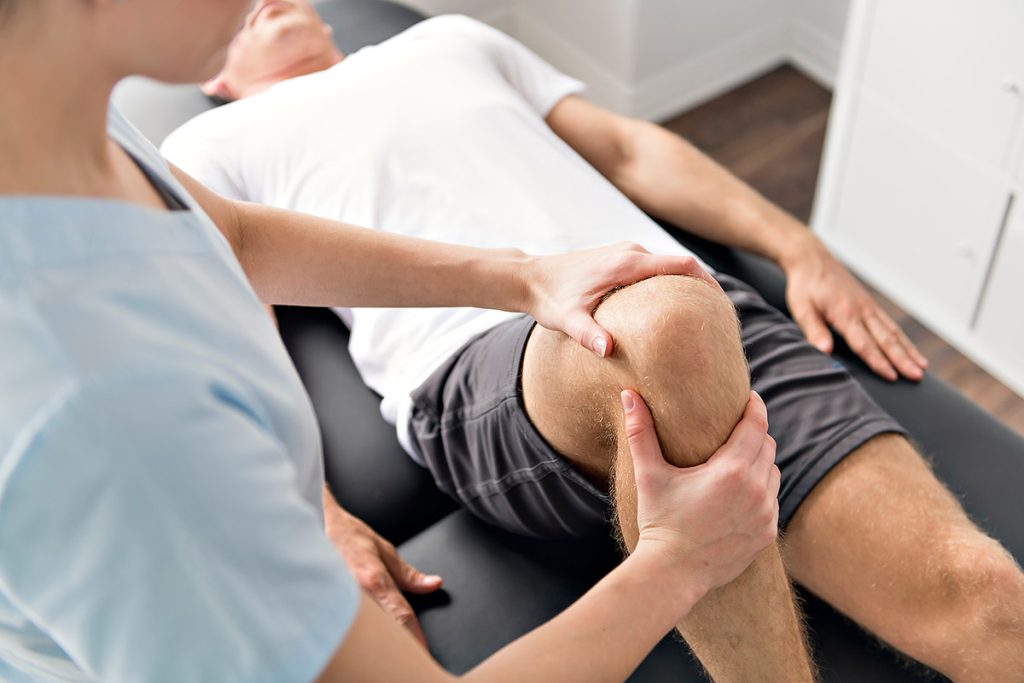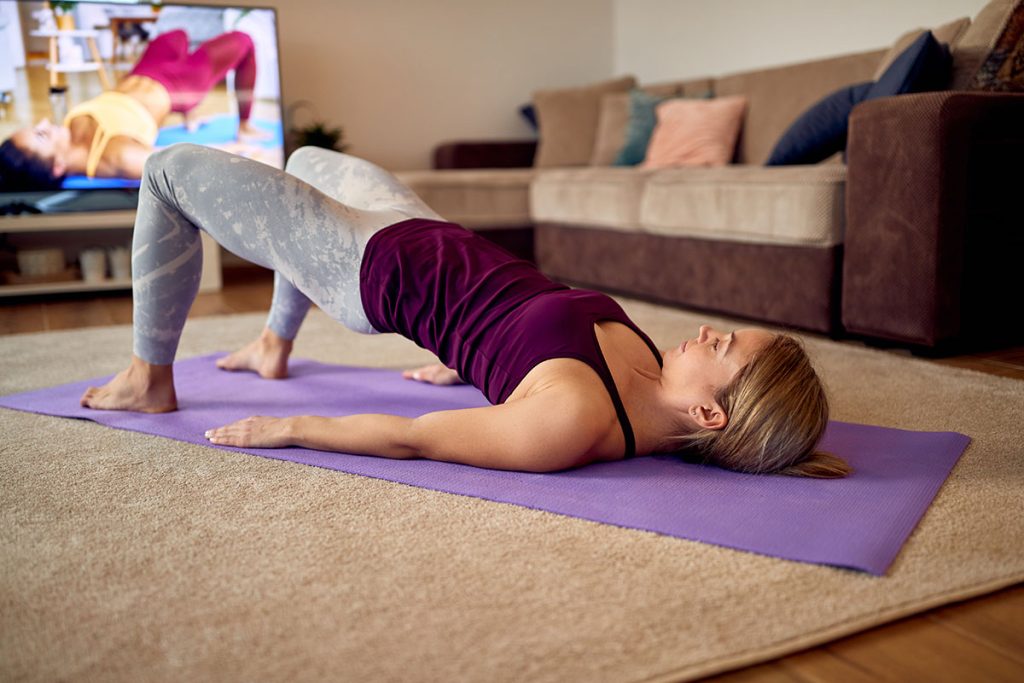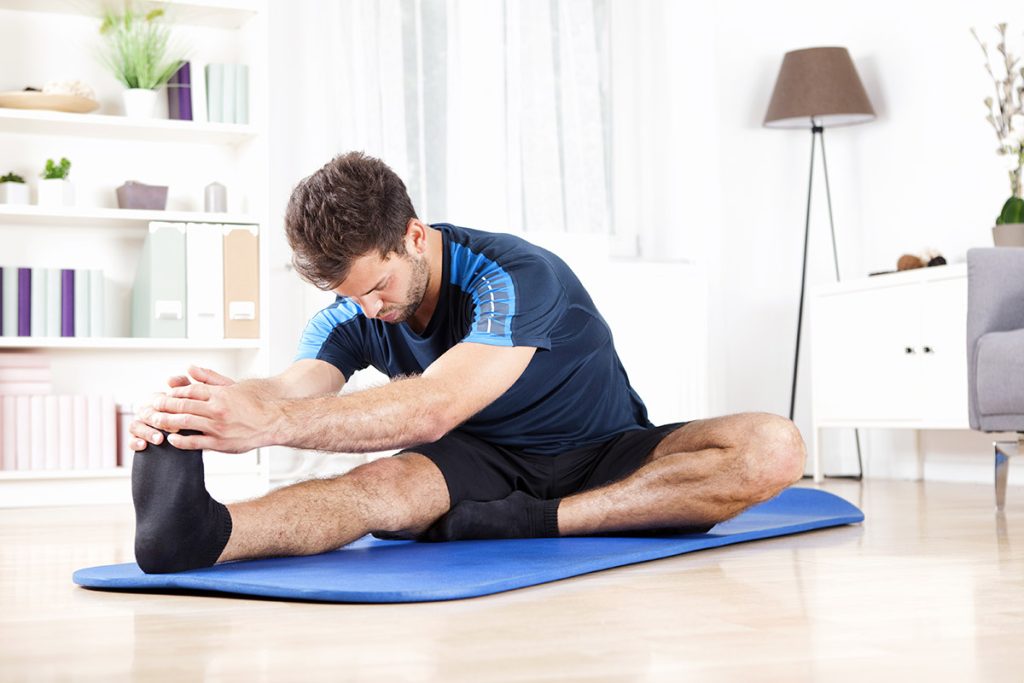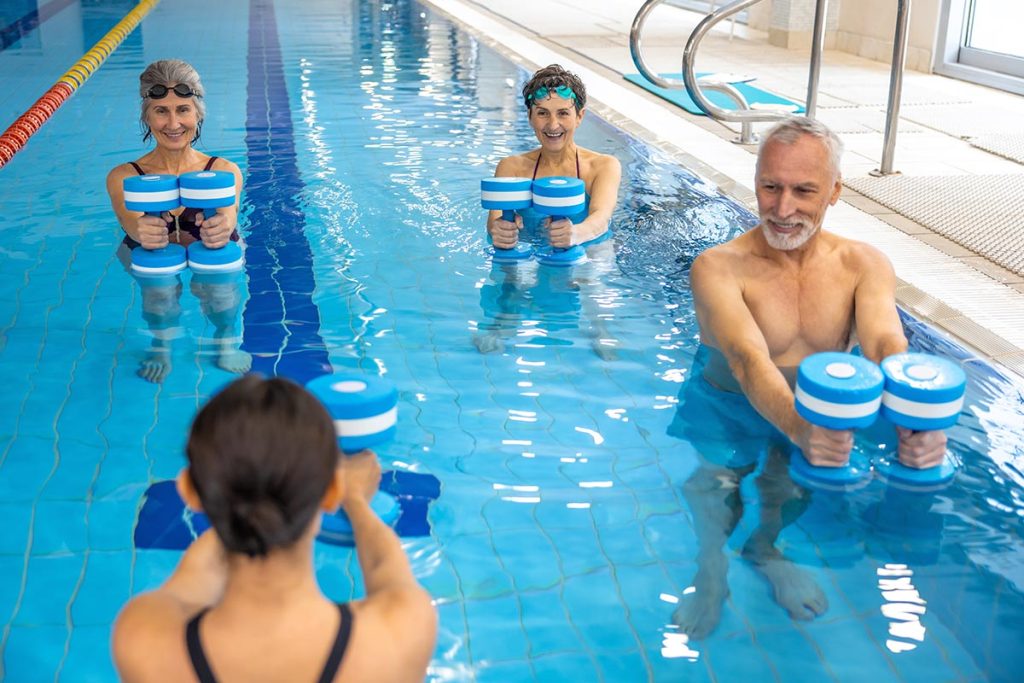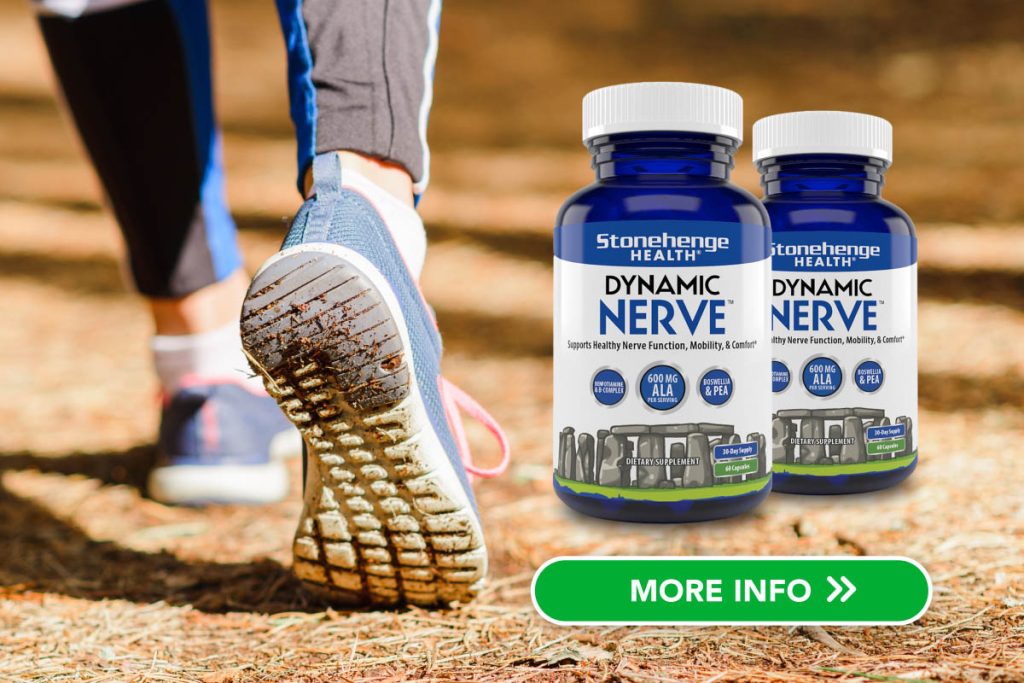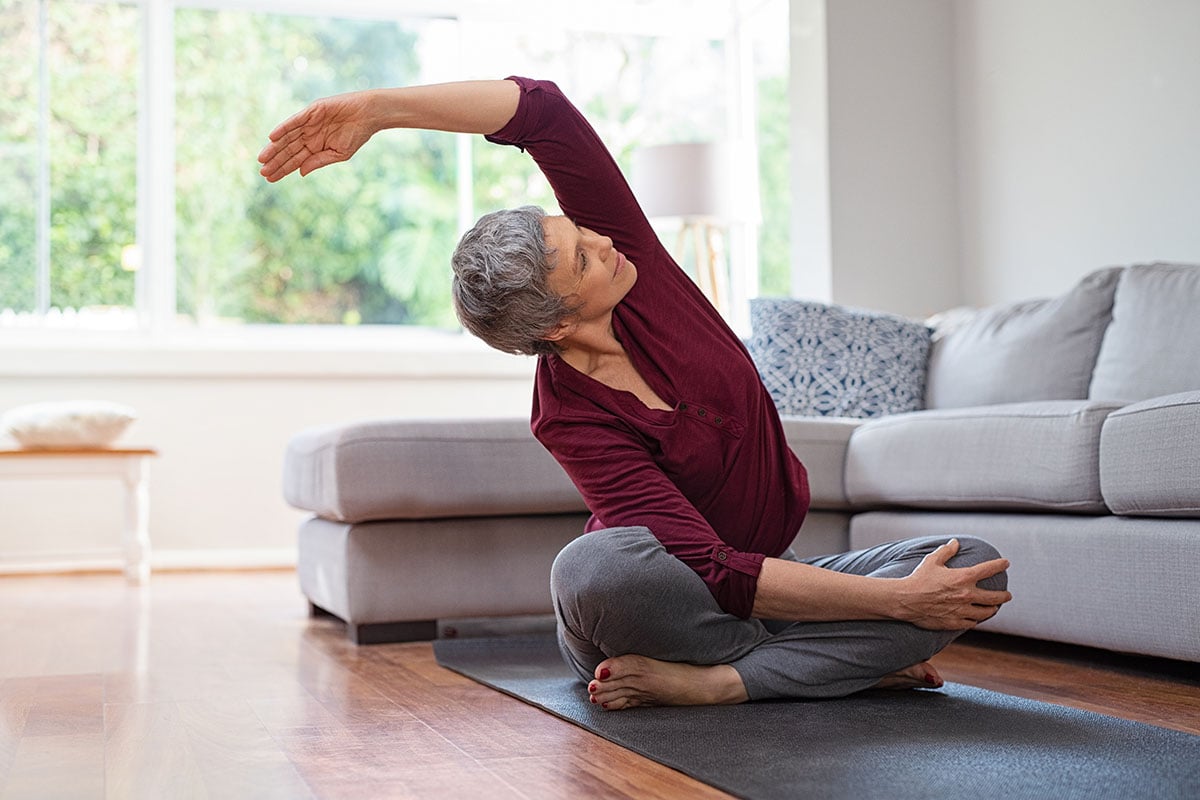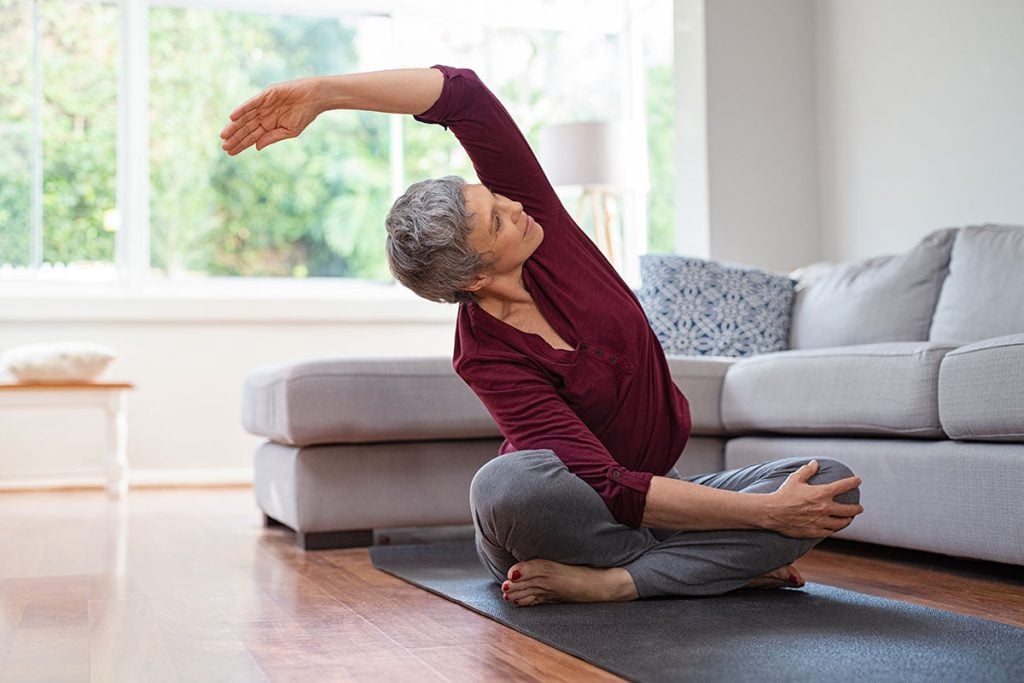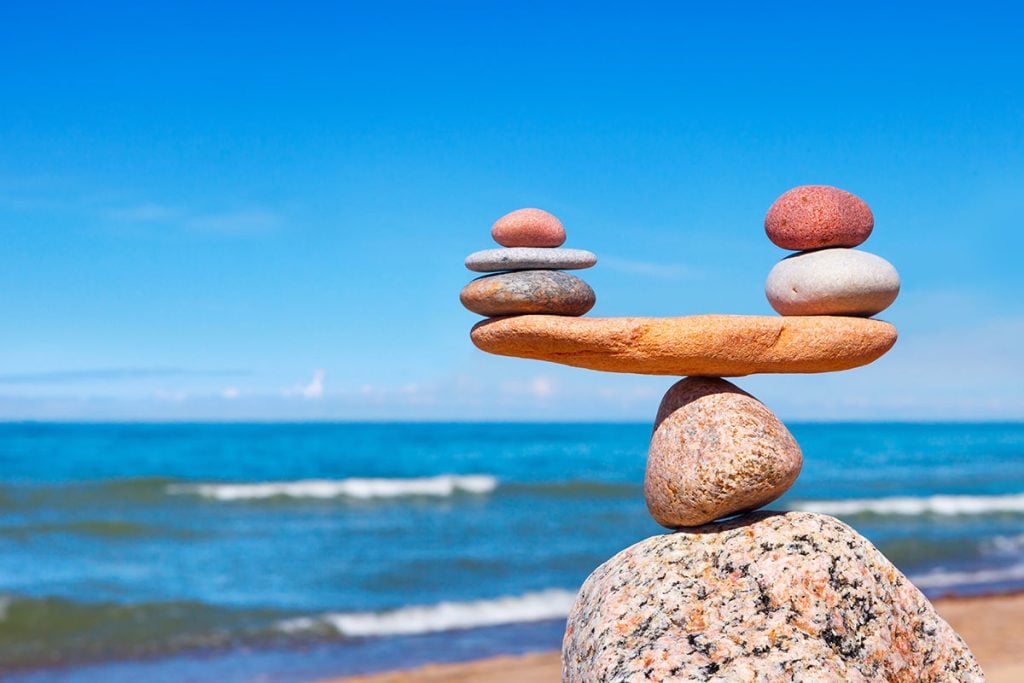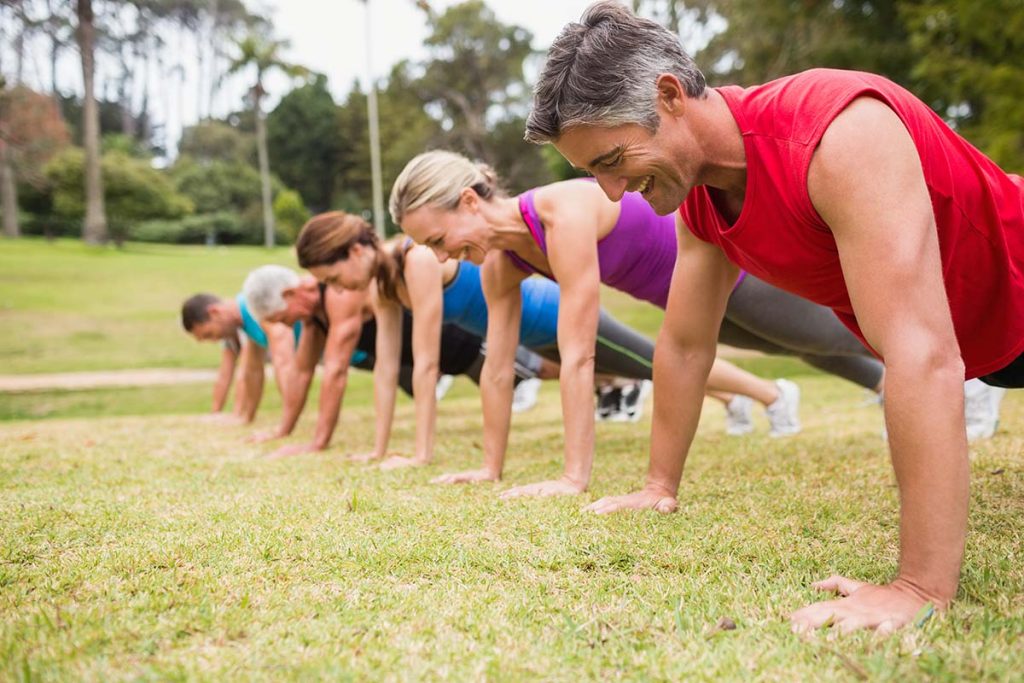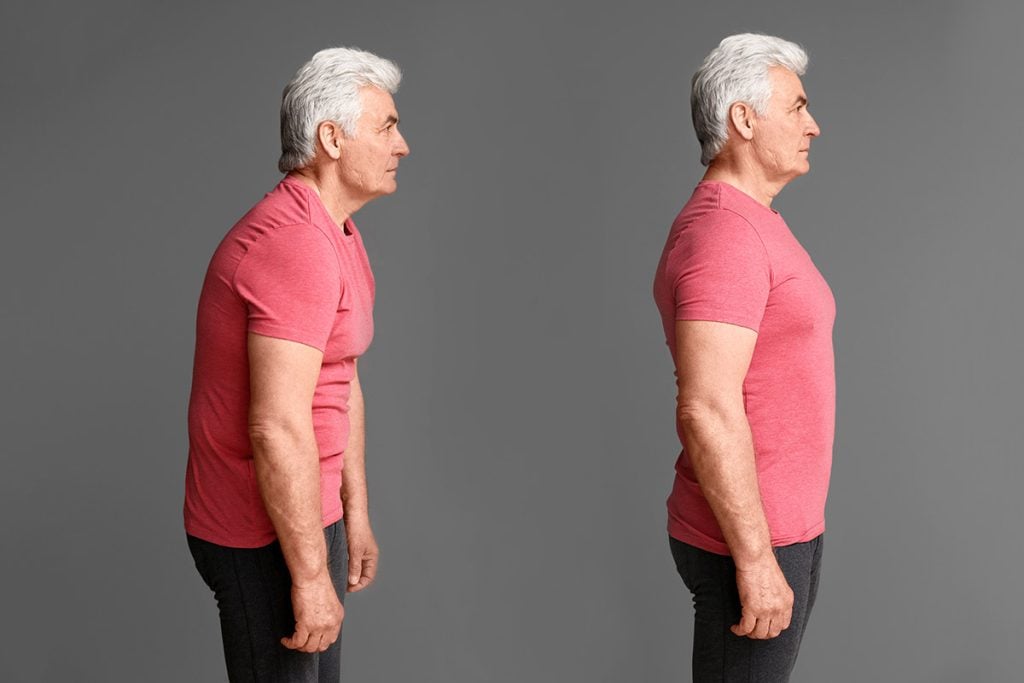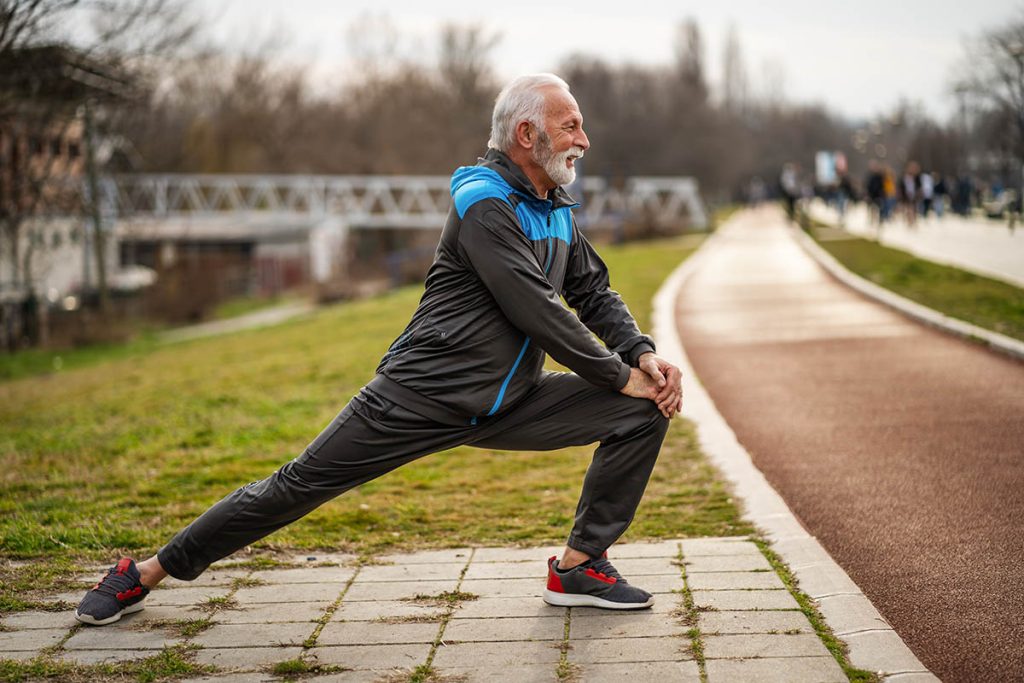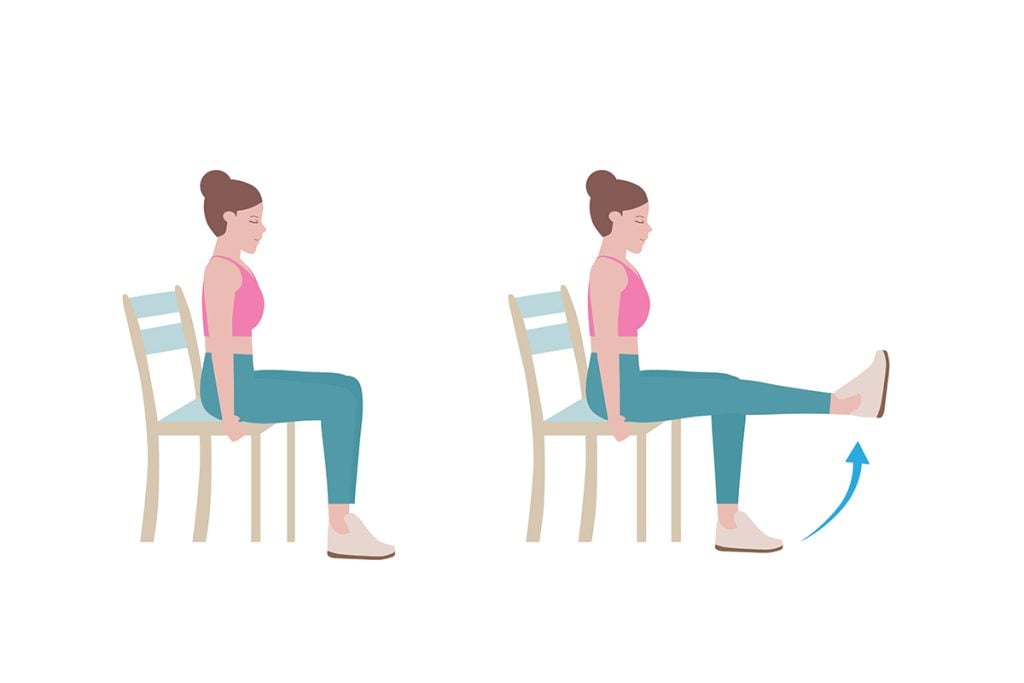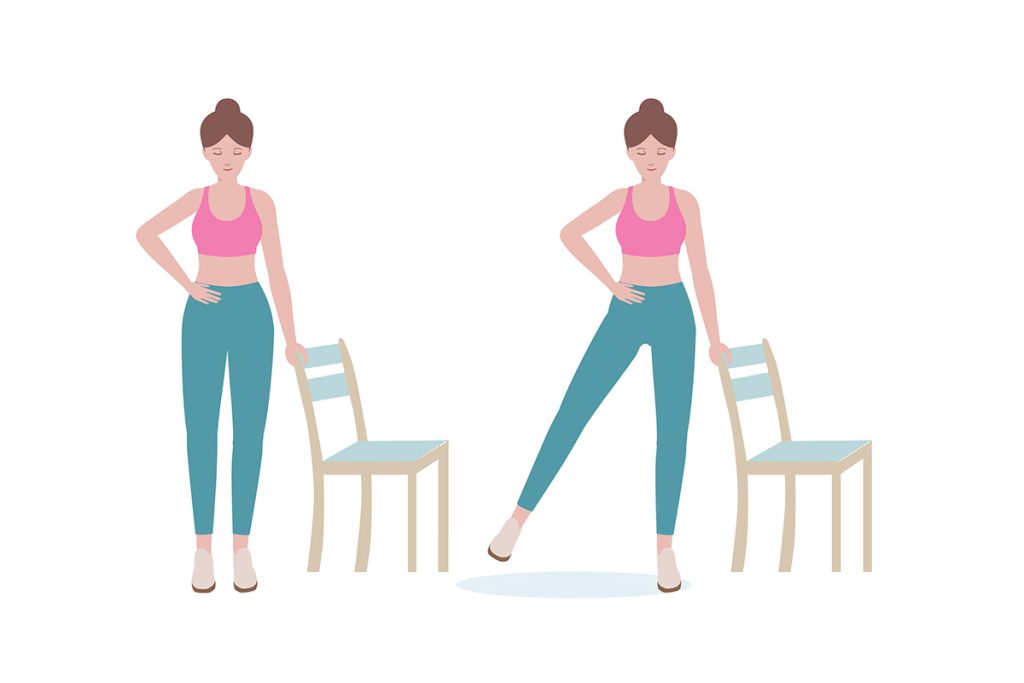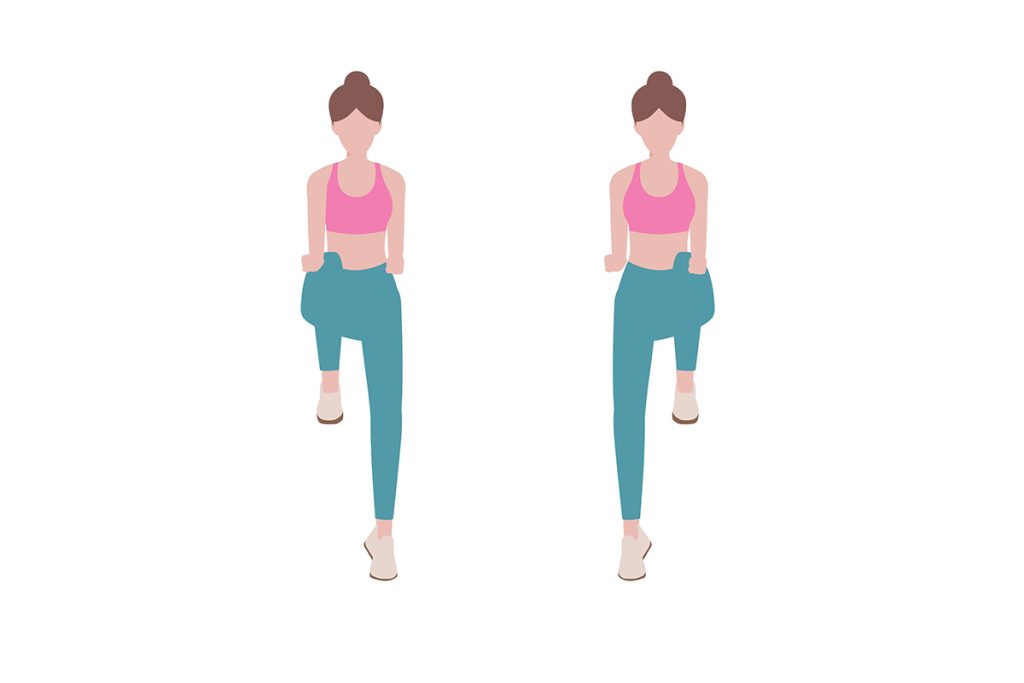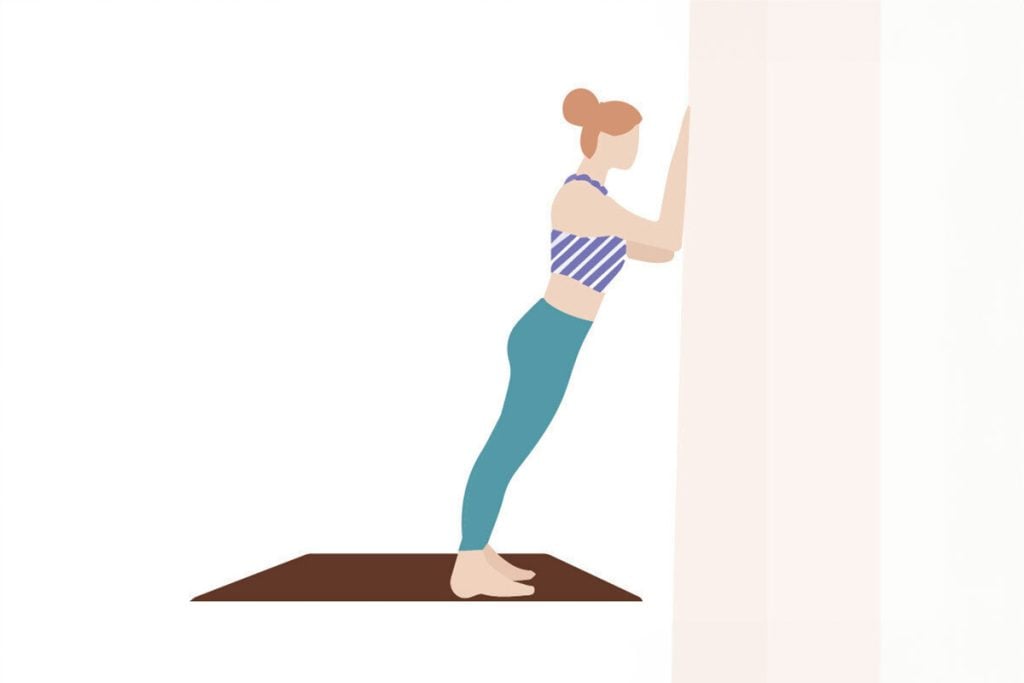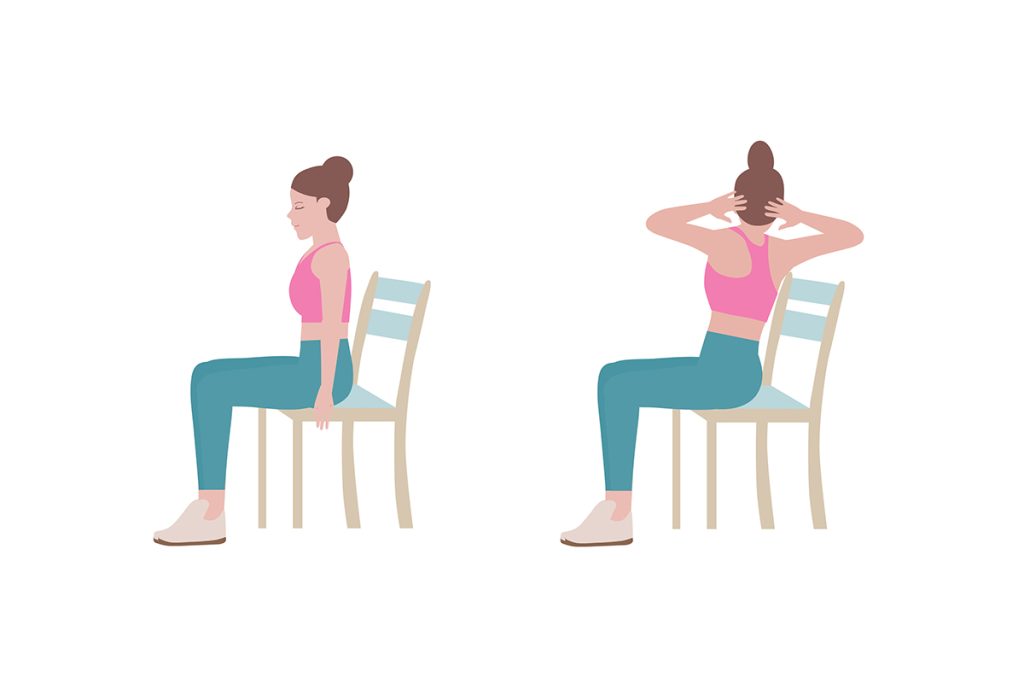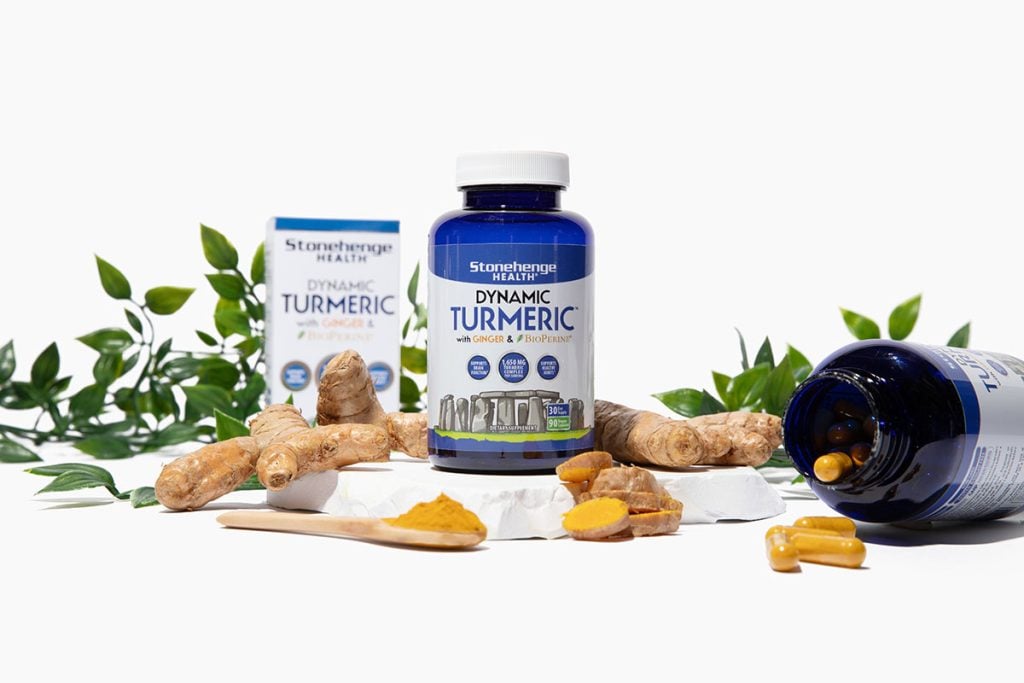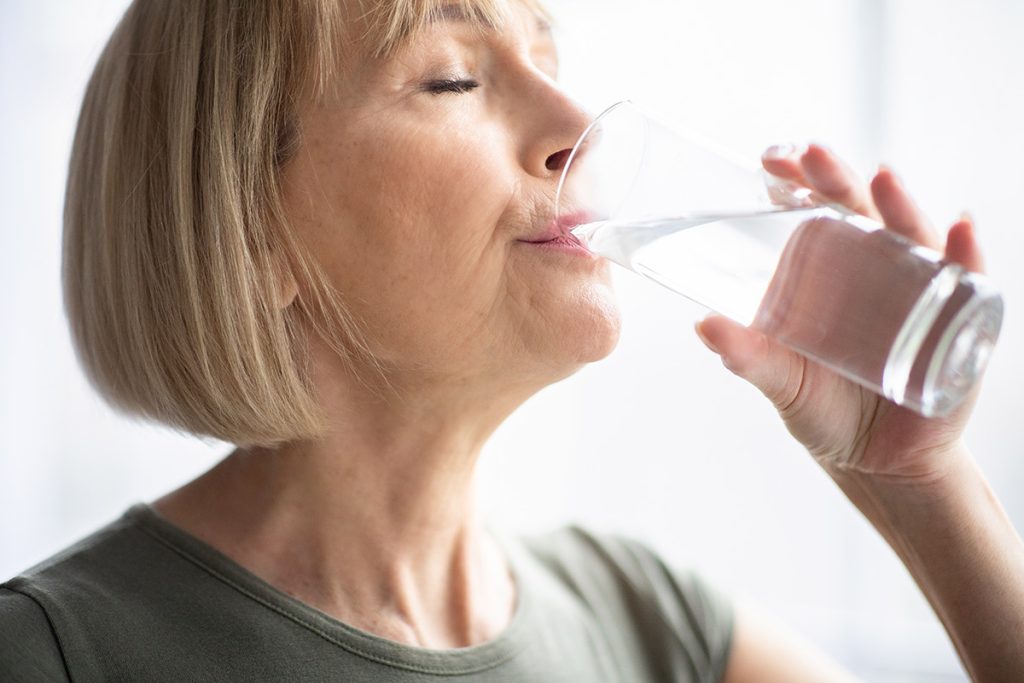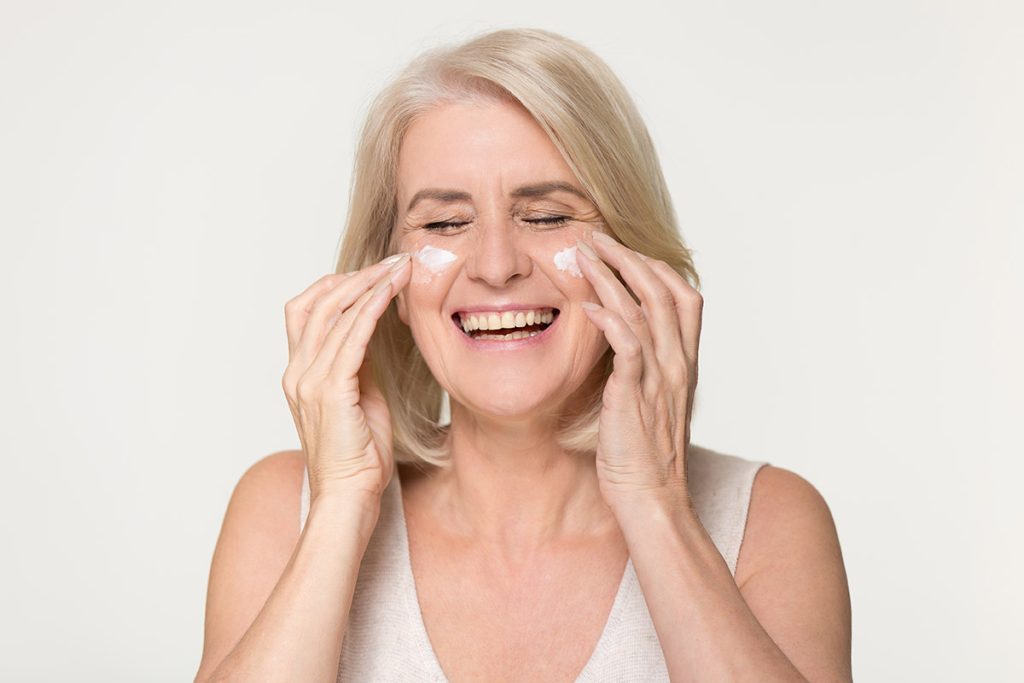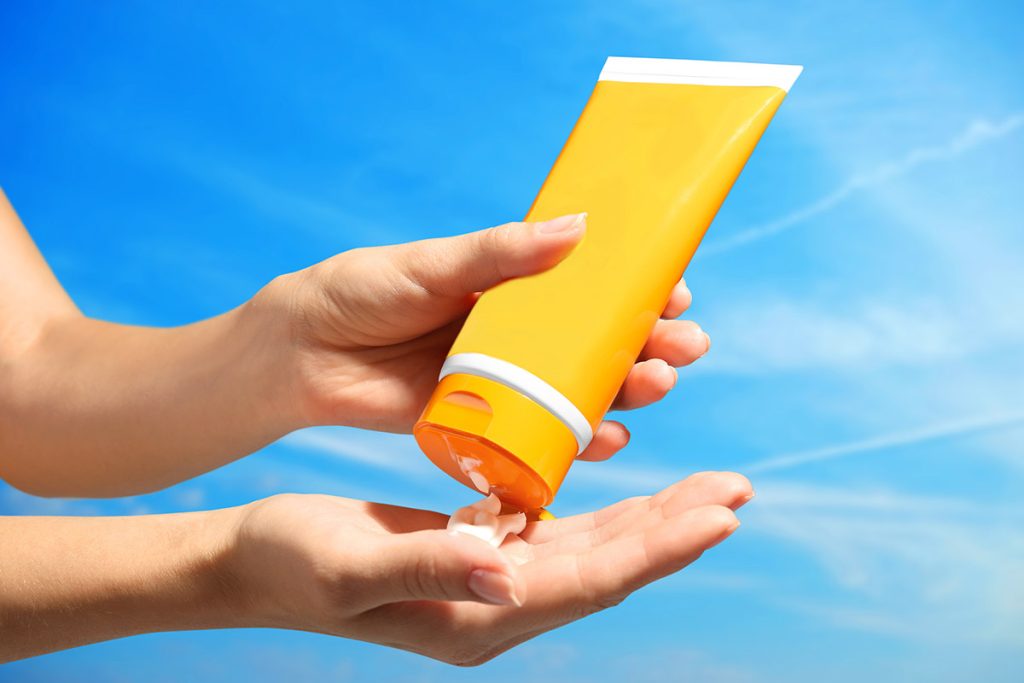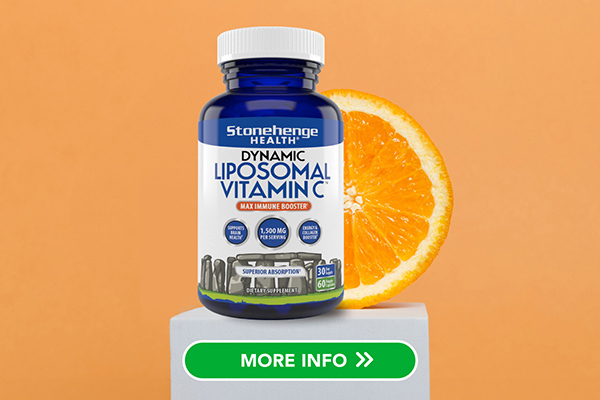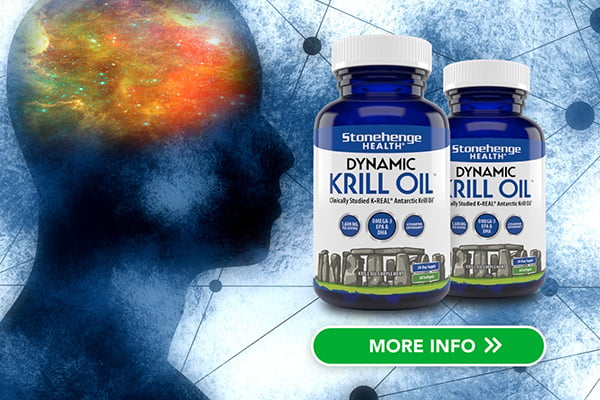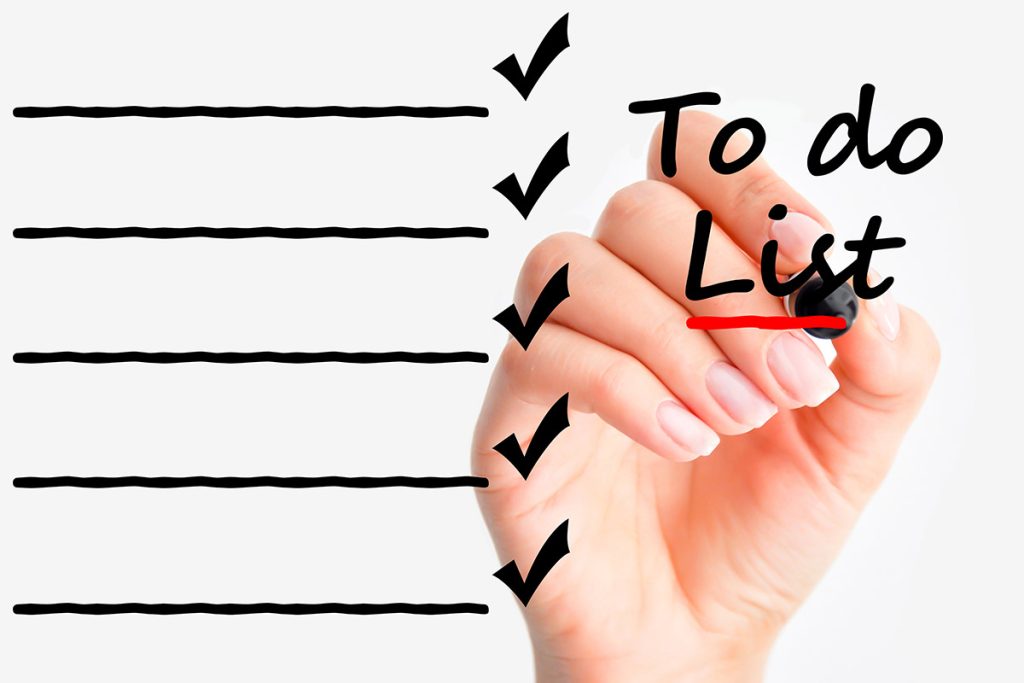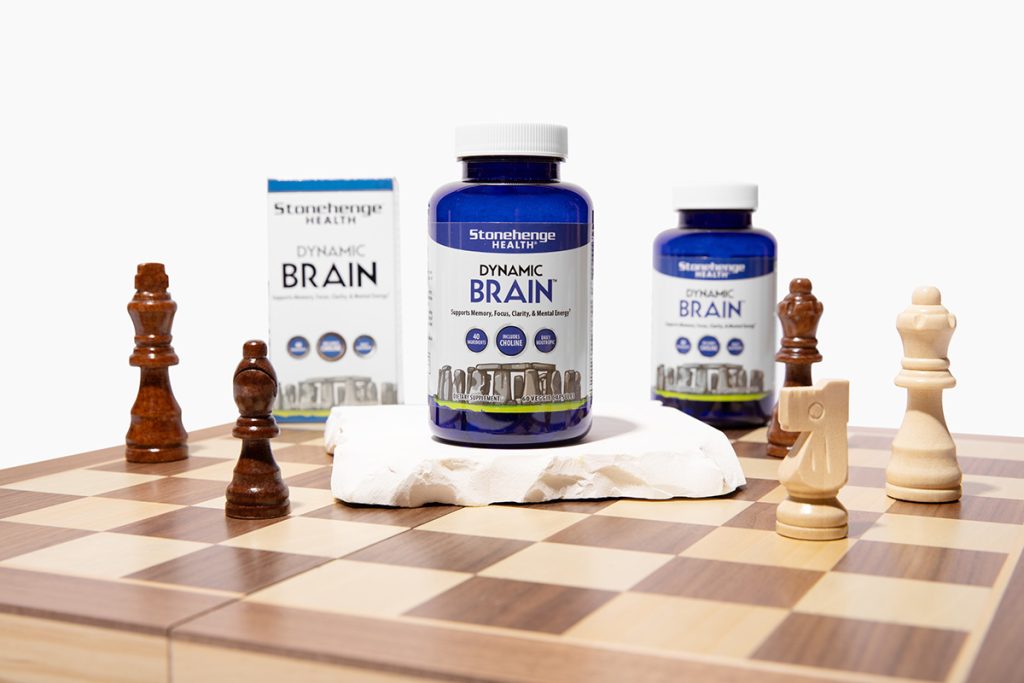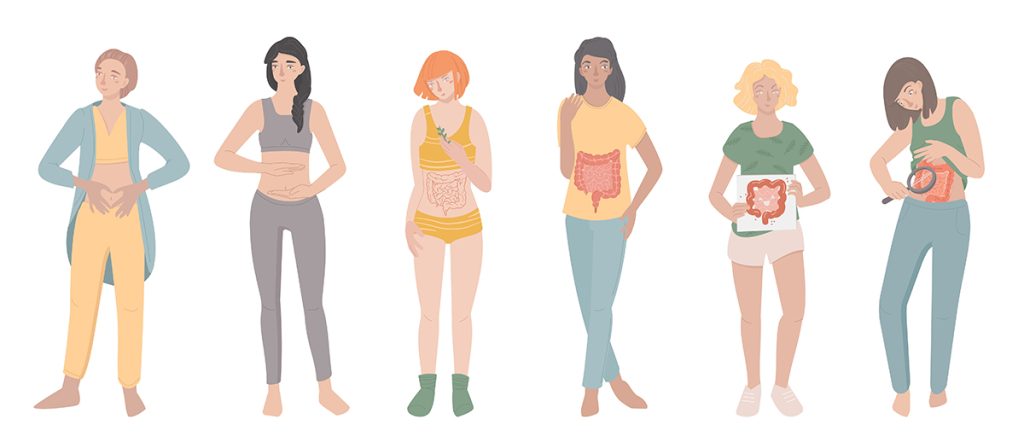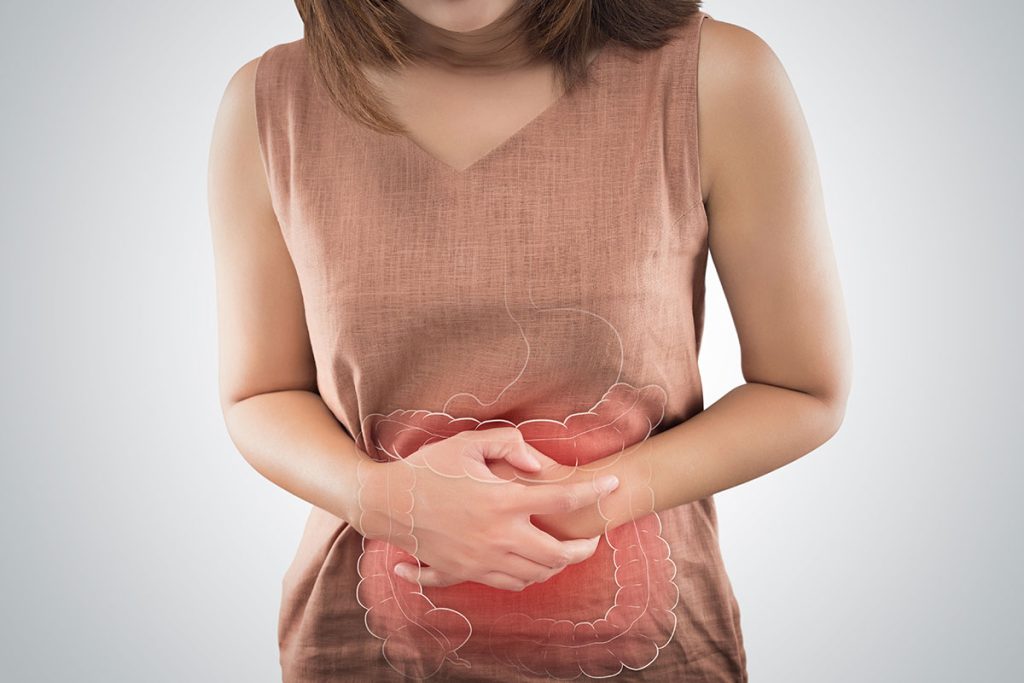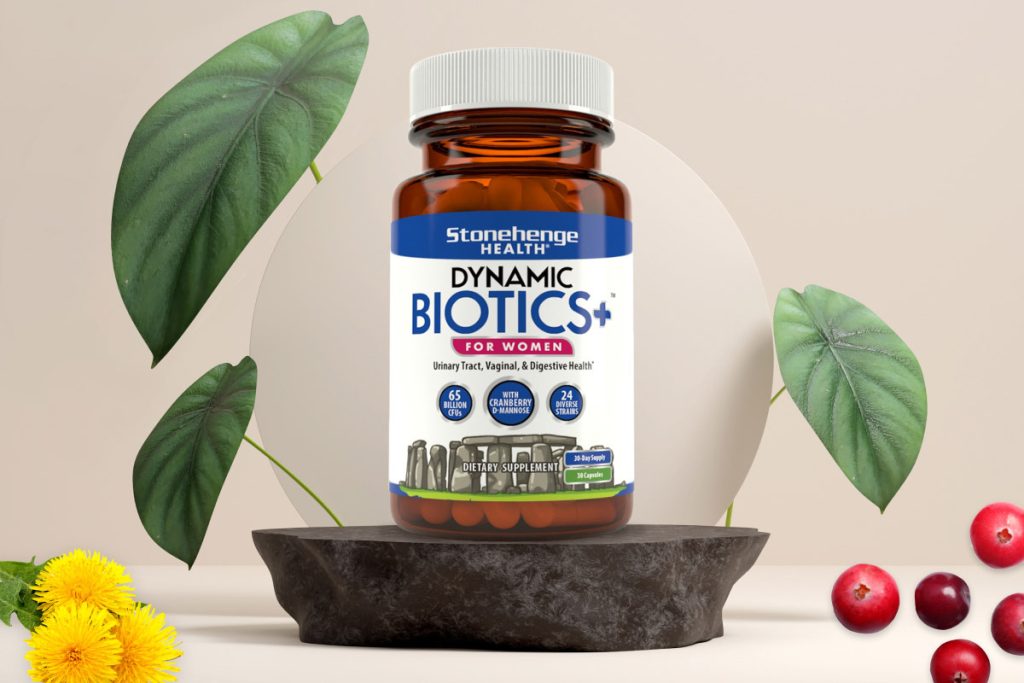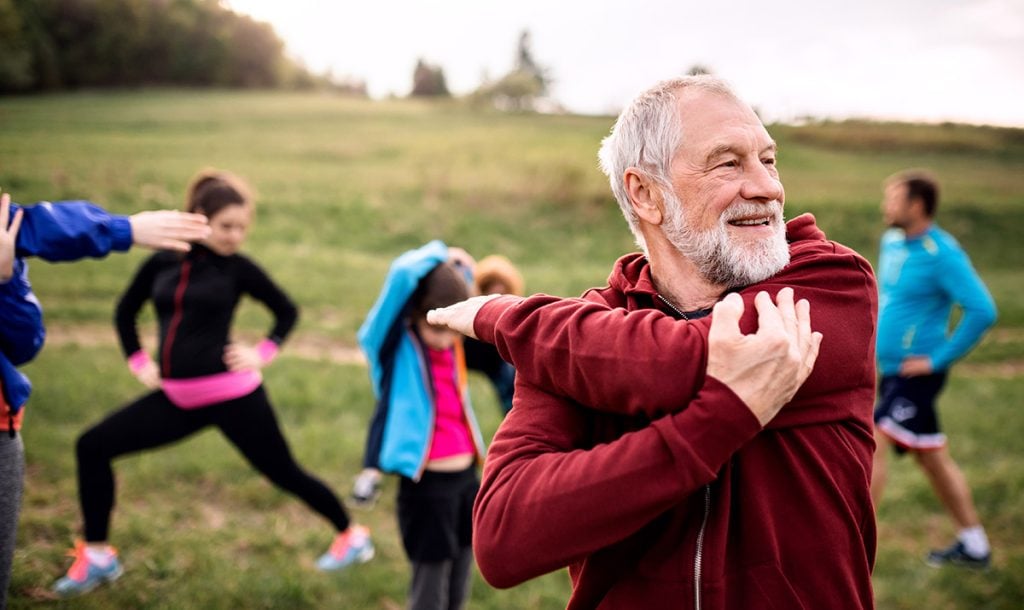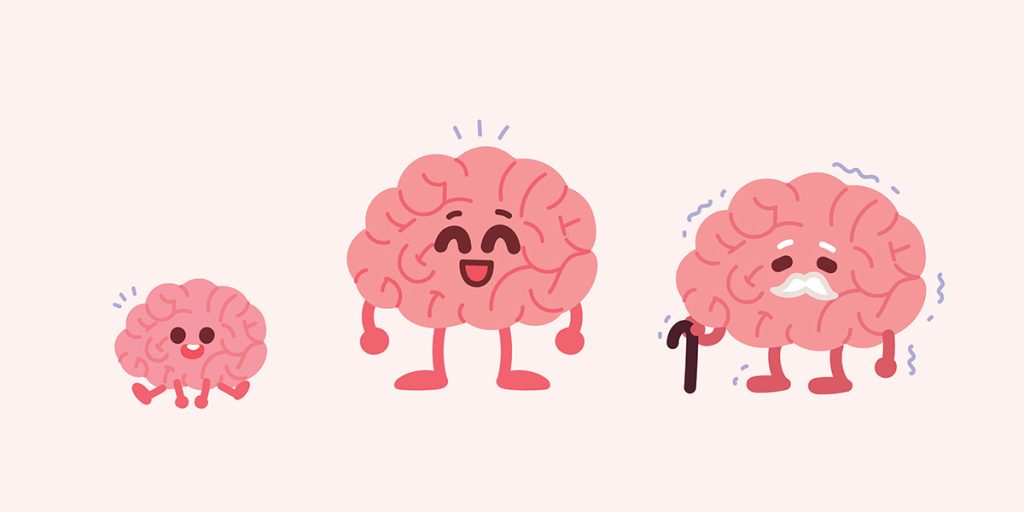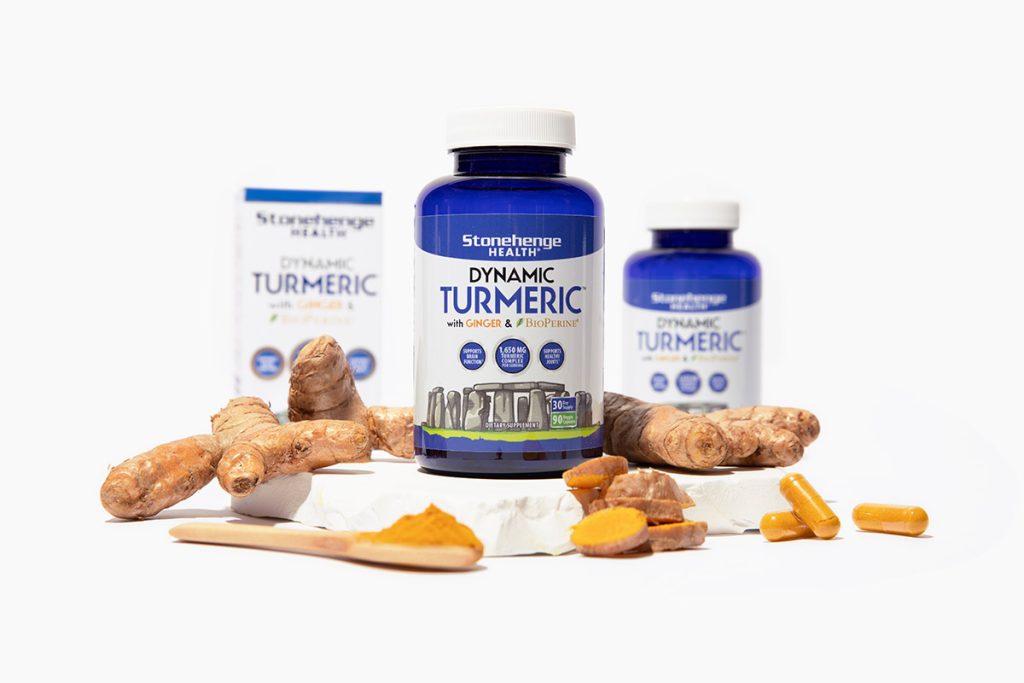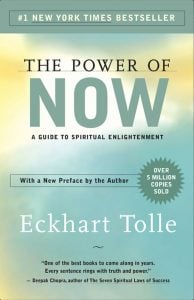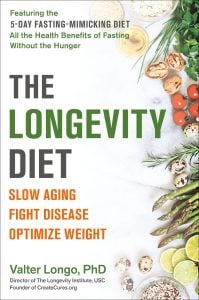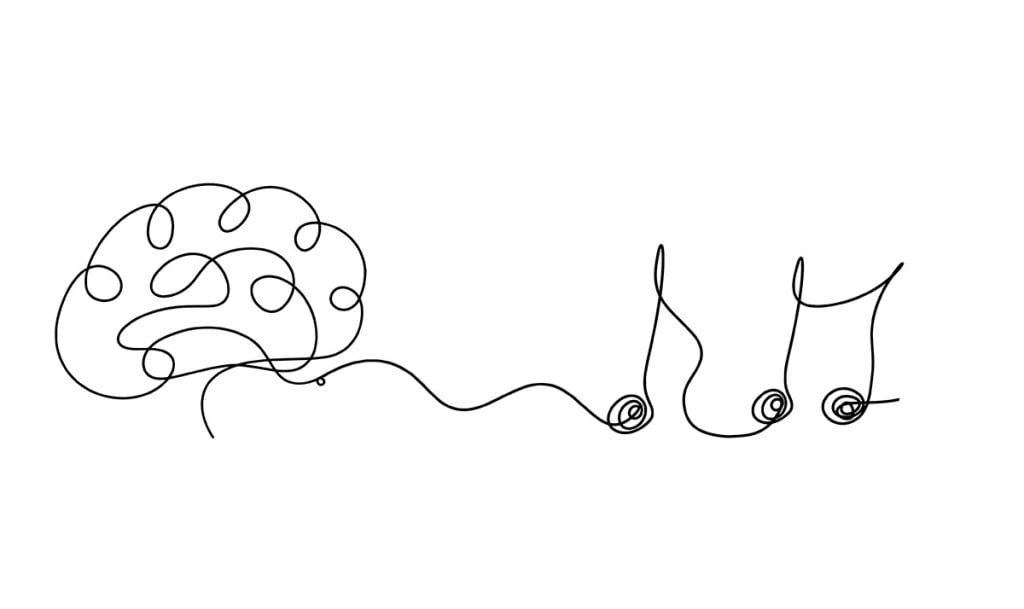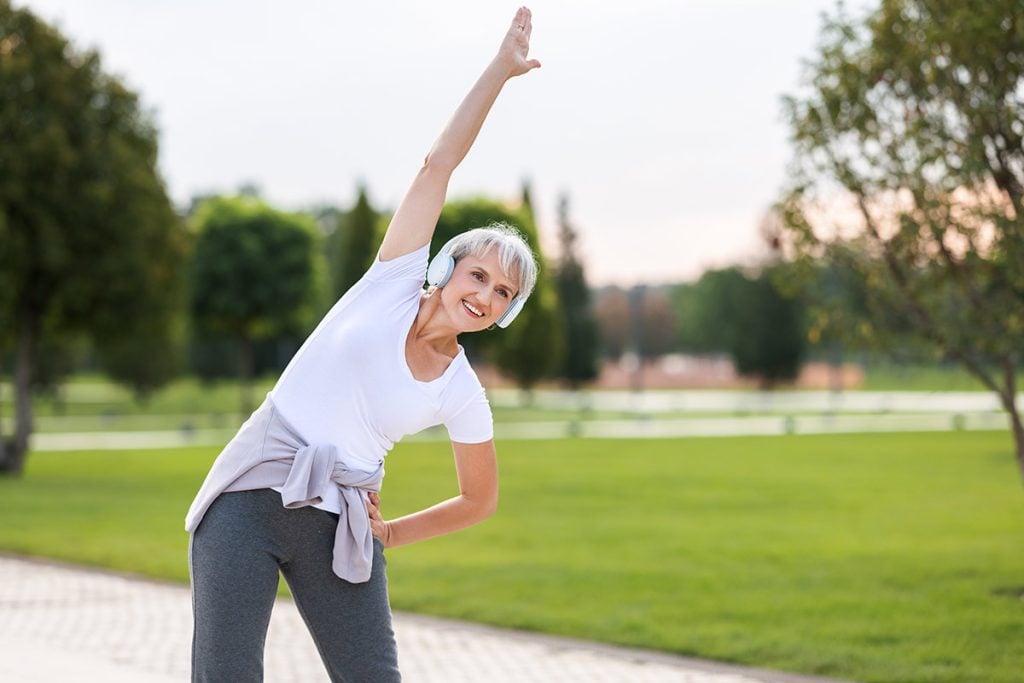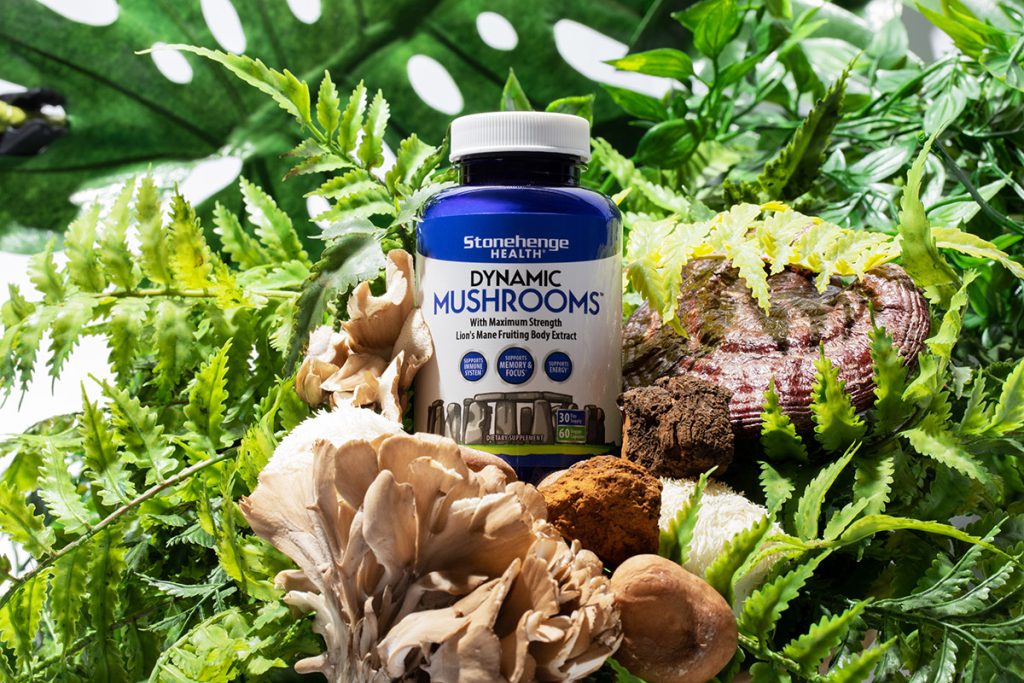
Aging is a natural part of life, and how we age depends on various factors, including our lifestyle and food choices. In the quest for aging well, superfoods have emerged as powerful allies.
These nutrient-dense wonders nourish our bodies and can help stave off the signs of aging, keeping us vibrant and healthy as the years go by.
Keep reading to delve into these powerful superfoods, uncovering their numerous advantages, and even discover a delightful recipe that simplifies the inclusion of many superfoods in a single, convenient recipe.
What Are Superfoods?

Superfoods are nutrient-rich and packed with vitamins, minerals, antioxidants, and other essential compounds that offer many health benefits.
They’re like nature’s gift to your well-being, delivering a potent blend of nutrition that can support your overall health and longevity. Incorporating superfoods into your daily life can help you age well by providing the essential nutrients your body needs to function optimally.
5 Anti-Aging Benefits of Superfoods

1. Powerful Antioxidants: Many superfoods are abundant in antioxidants, which help combat free radicals that lead to oxidative stress. This, in turn, can help slow down the aging process by reducing cell damage.
2. Promoting Heart Health: Incorporating superfoods like fatty fish, abundant in omega-3 fatty acids, and leafy greens, rich in potassium, into your diet can be a valuable strategy for nurturing heart health. These foods effectively lower blood pressure, reducing the risk of heart disease.
3. Bone Health: Maintaining strong bones becomes crucial as we age. Superfoods like leafy greens, dairy or dairy alternatives, and almonds are excellent sources of calcium, which is essential for bone health.
4. Brain Function: Some superfoods, like blueberries, have been linked to enhanced cognitive function, memory, and brain health, helping to preserve mental acuity as you age.
5. Skin Health: Superfoods rich in vitamins and antioxidants, like oranges and sweet potatoes, can help maintain youthful and radiant skin.
Top 7 Superfoods
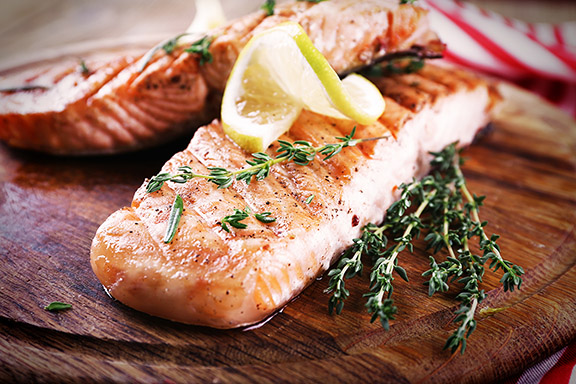
1. Berries: Blueberries, raspberries, blackberries, acai berries, and strawberries are brimming with antioxidants, which can help reduce oxidative stress and support brain and heart health.
2. Leafy Greens: Kale, spinach, and Swiss chard are packed with vitamins, particularly K and A. They promote bone health, support digestion, and boost the immune system.
3. Fatty Fish: Salmon, mackerel, sardines, and krill are some of the best sources of omega-3 fatty acids, which support heart health, and brain function.
4. Nuts and Seeds: Almonds, chia seeds, and flaxseeds provide healthy fats, fiber, and protein. They can help lower cholesterol levels, improve digestion, and support overall well-being.
5. Turmeric: This spice contains curcumin, known for its antioxidant properties.
6. Greek Yogurt: Greek yogurt supports gut health and aids in digestion because it’s a great source of probiotics and protein.
7. Green Tea: Rich in special antioxidants called catechins. These antioxidants help protect cells from damage caused by free radicals, reducing the risk of various health risks.
Delicious Superfood Smoothie for Healthy Aging
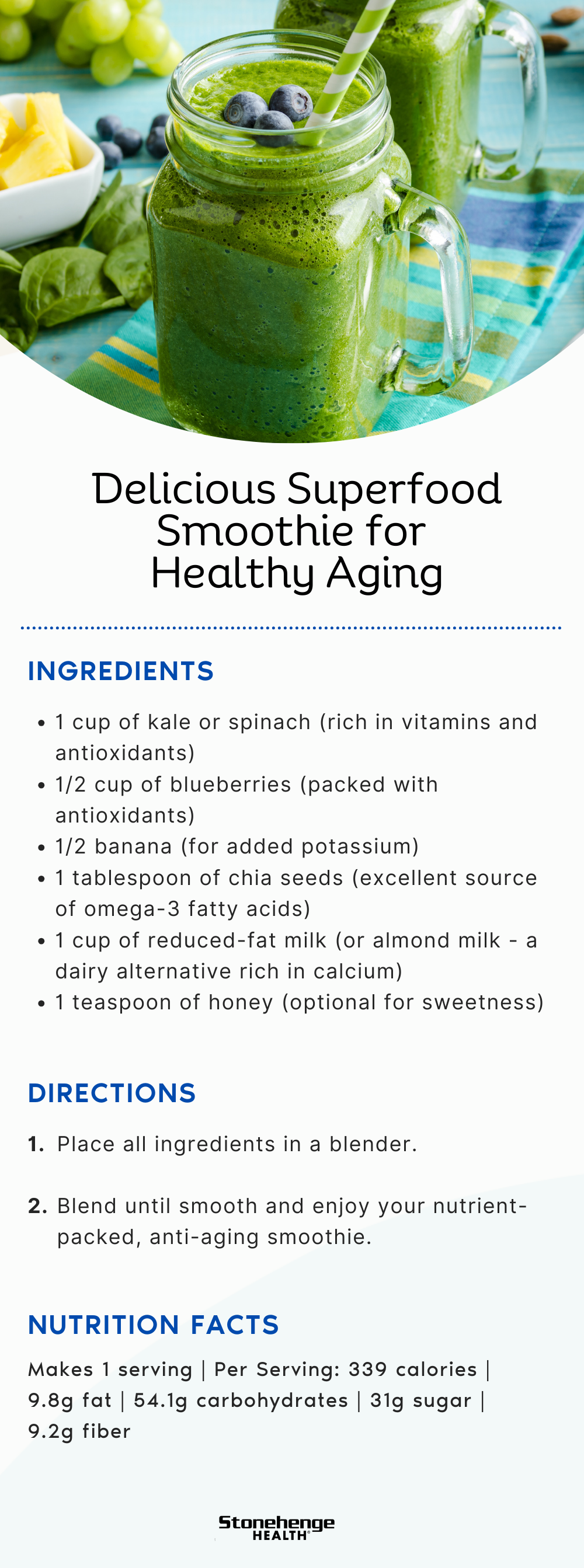
Ingredients:
– 1 cup of kale or spinach (rich in vitamins and antioxidants)
– 1/2 cup of blueberries (packed with antioxidants)
– 1/2 banana (for added potassium)
– 1 tablespoon of chia seeds (excellent source of omega-3 fatty acids)
– 1 cup of reduced-fat milk (or almond milk – a dairy alternative rich in calcium)
– 1 teaspoon of honey (optional for sweetness)
Instructions:
1. Place all ingredients in a blender.
2. Blend until smooth and enjoy your nutrient-packed, anti-aging smoothie.
Nutrition:
Makes 1 serving | 339 calories, 9.8g fat, 54.1g carbohydrates, 31g sugar, fiber 9.2g
Superfood Wellness Made Easy
Embrace your well-being by tapping into the incredible benefits of Omega-3 fatty acids and Turmeric, two superfoods with remarkable potential. And experience their daily benefits through the ultimate convenience when you include Stonehenge Health’s Dynamic Krill Oil and Dynamic Turmeric in your daily routine.*
Stonehenge Health Dynamic Krill Oil is a powerhouse boasting a substantial 1,600 mg of pure Antarctic Krill Oil. This supplement is your key to supporting heart, joint, and brain health. *
It’s loaded with Omega-3 fatty acids, including DHA and EPA, and super antioxidant Astaxanthin. Krill oil is renowned for its remarkable bioavailability, ensuring your body reaps the maximum benefits from this Omega-3 source. *
But the superfood journey doesn’t end there. Take your wellness to new heights by incorporating Dynamic Turmeric. This high-dose turmeric powder and curcumin supplement is a nutritional gem, with a generous blend of 1,650 mg of turmeric powder and extract. What’s more, it includes 15 mg of BioPerine® for better absorption.
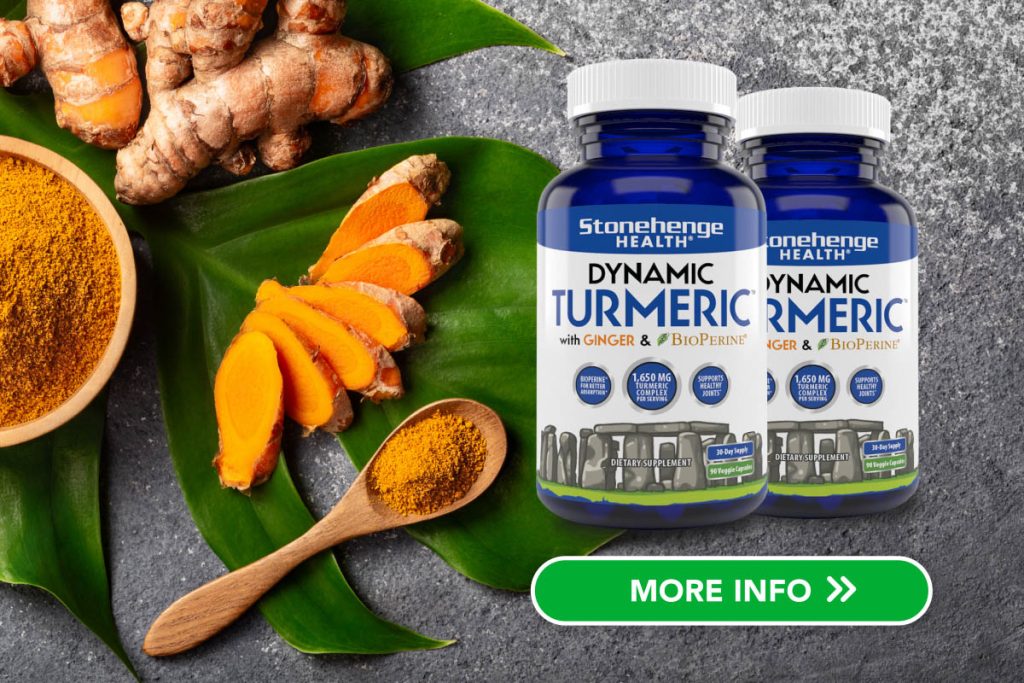
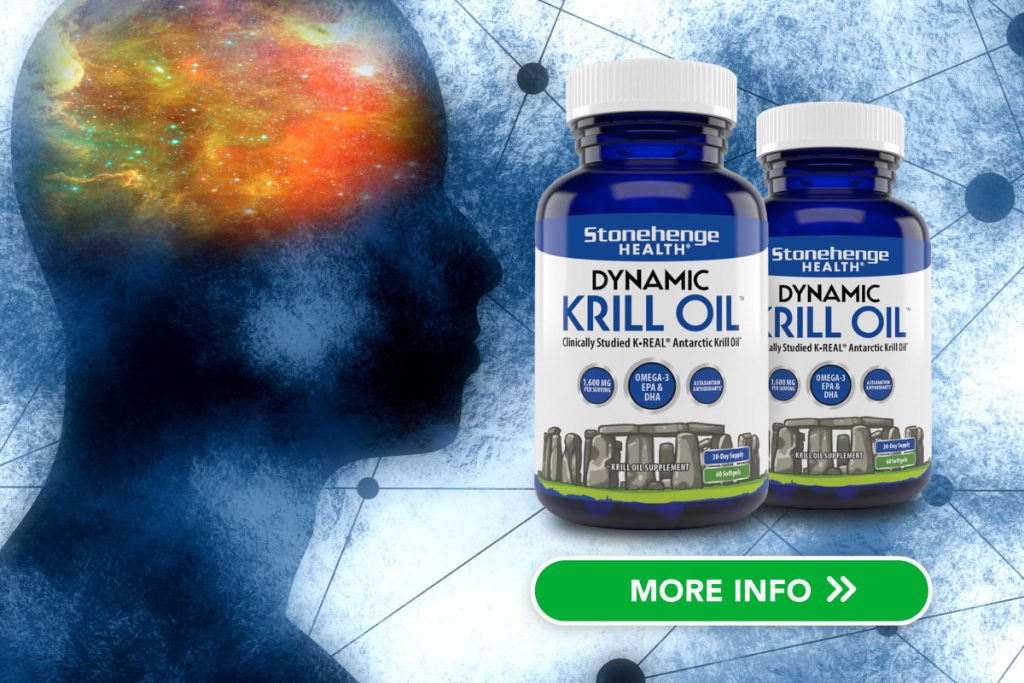
* These statements have not been evaluated by the Food and Drug Administration. This product is not intended to diagnose, treat, cure or prevent any disease.








